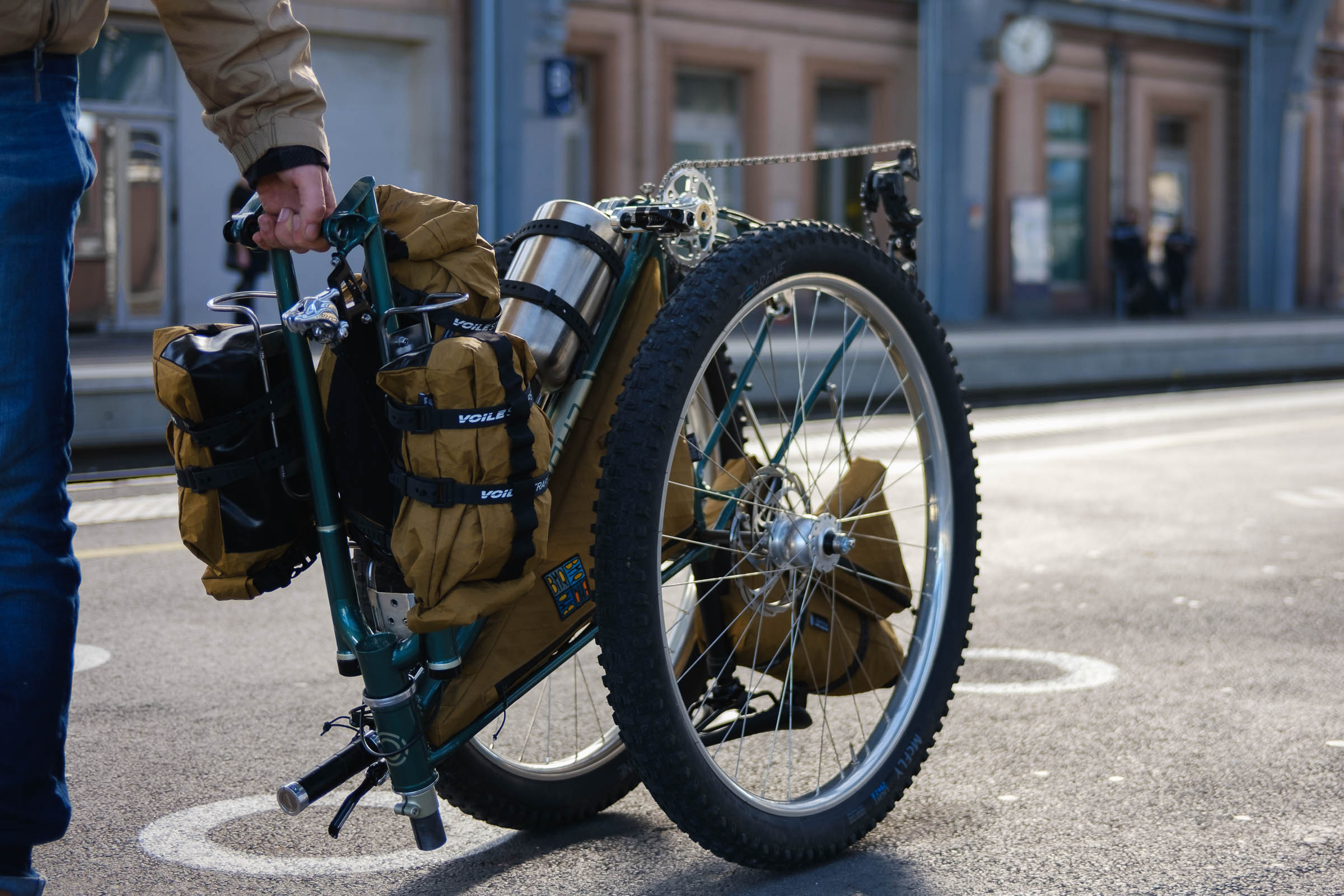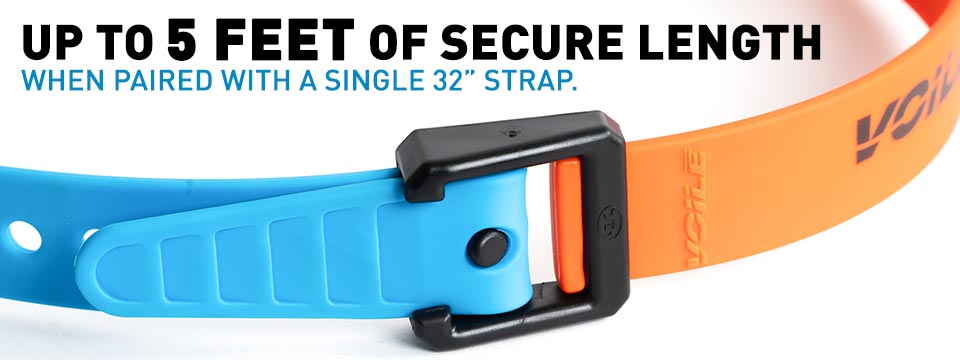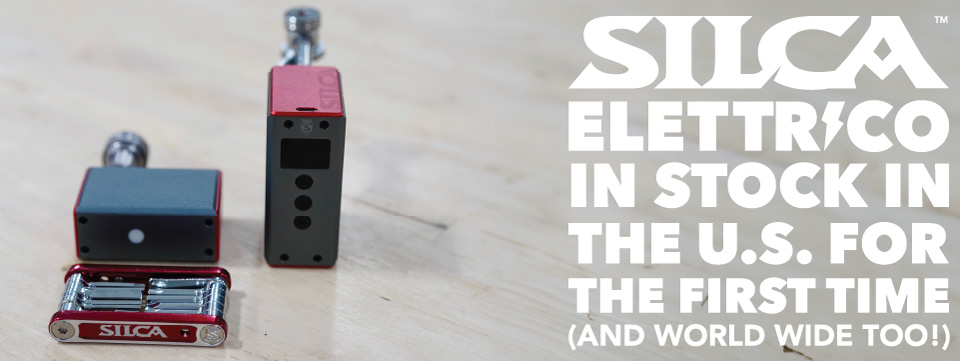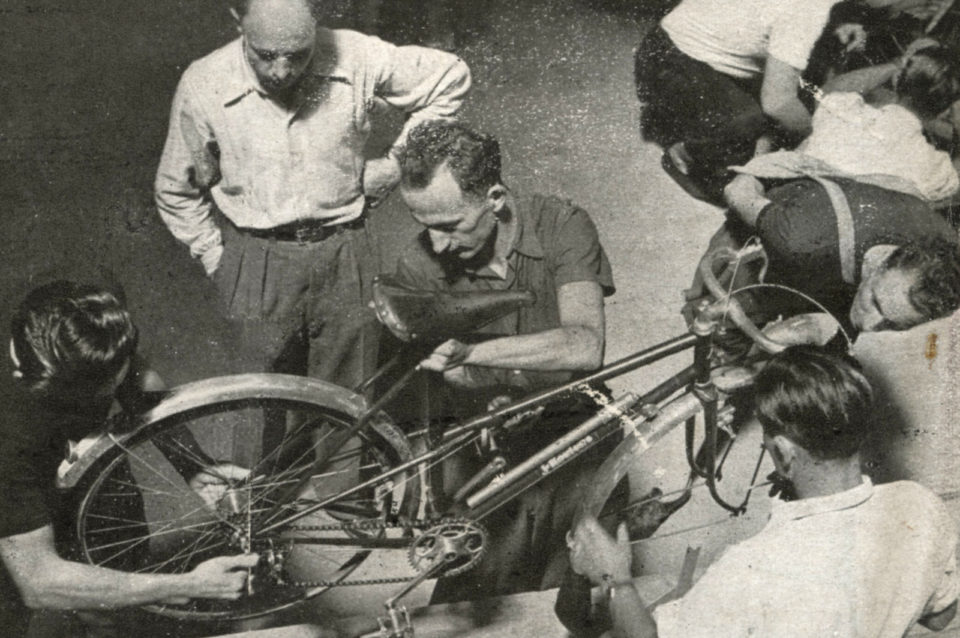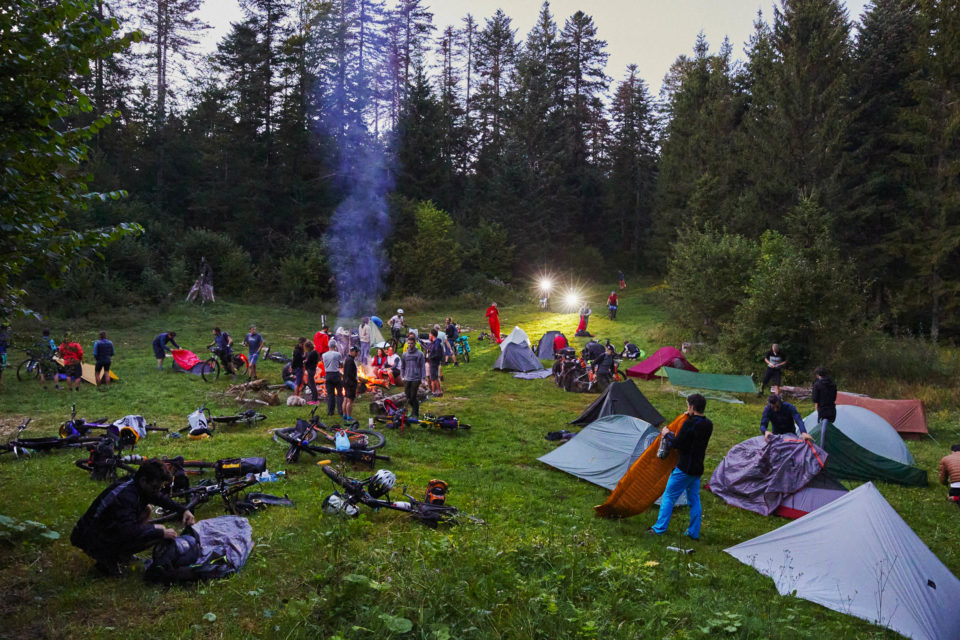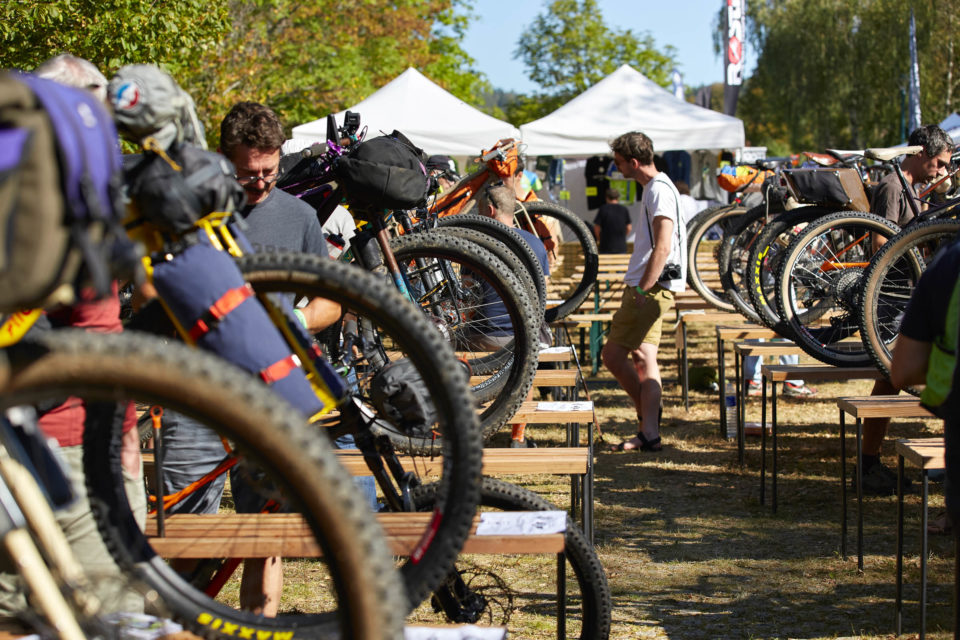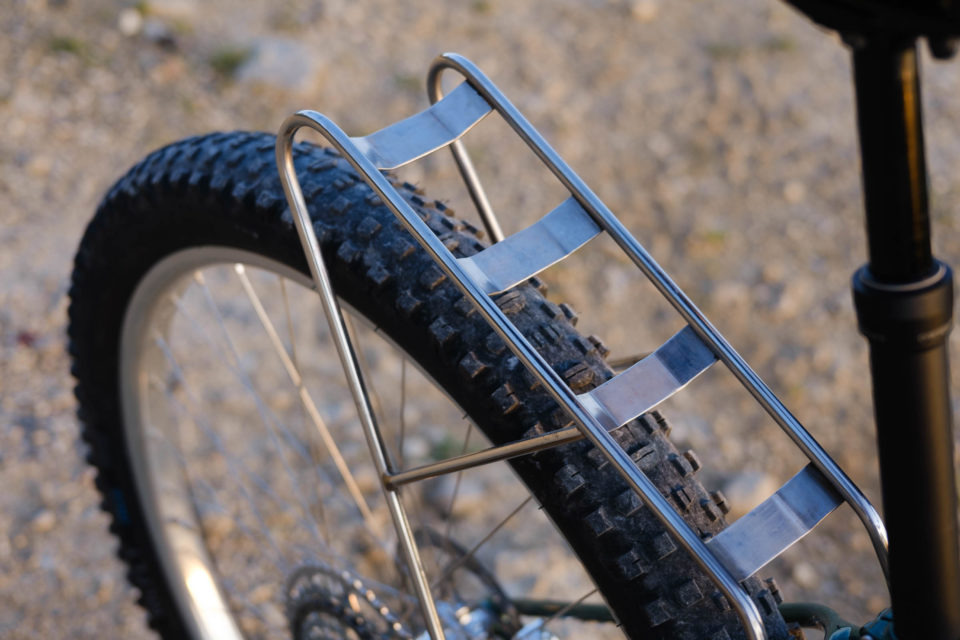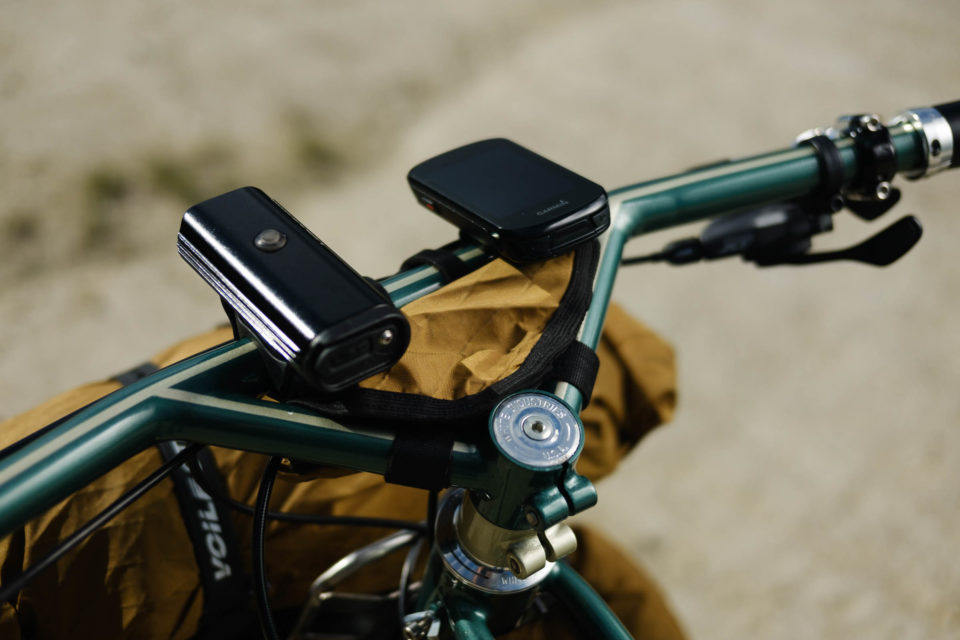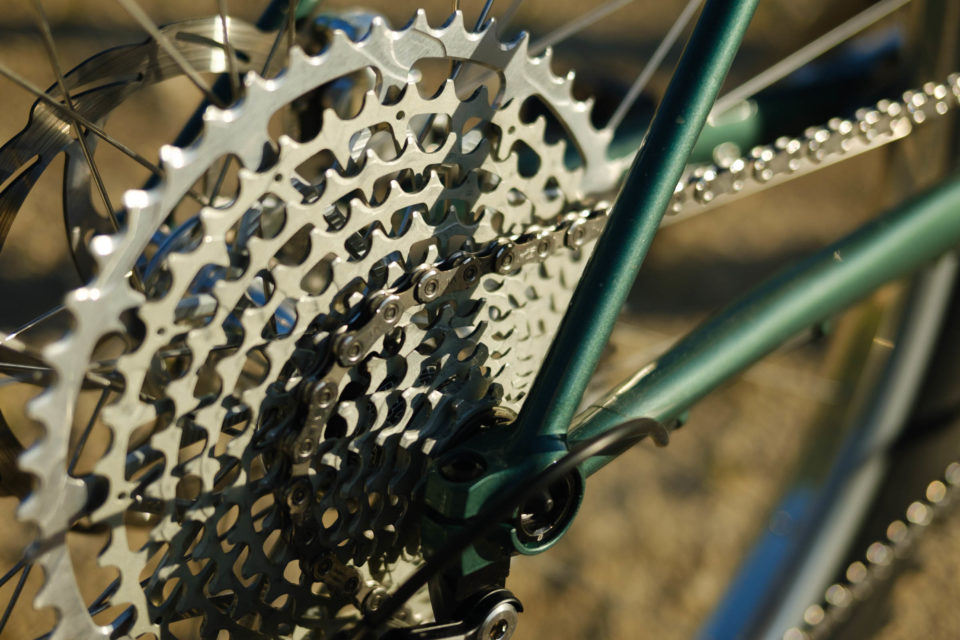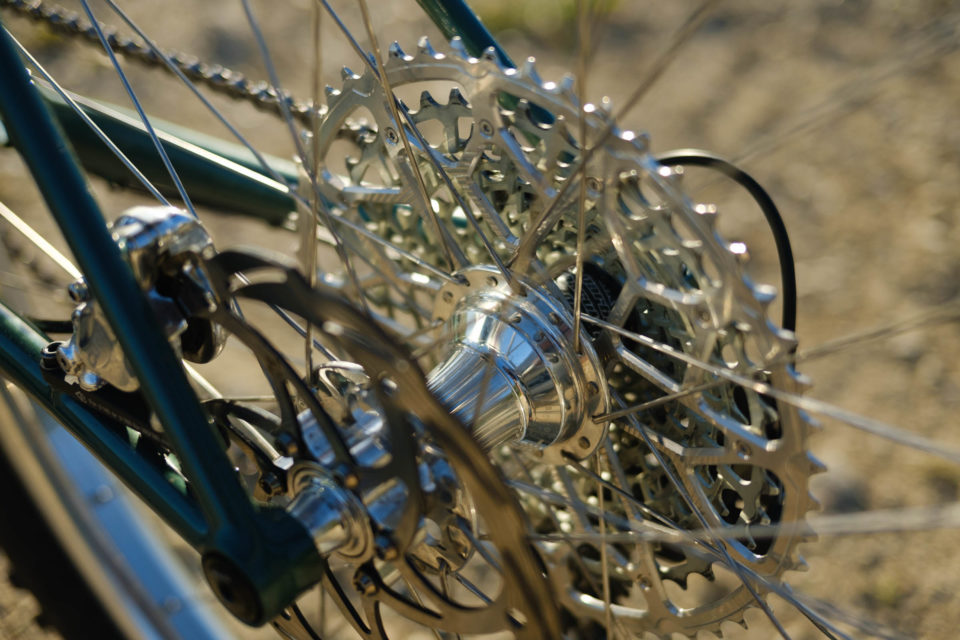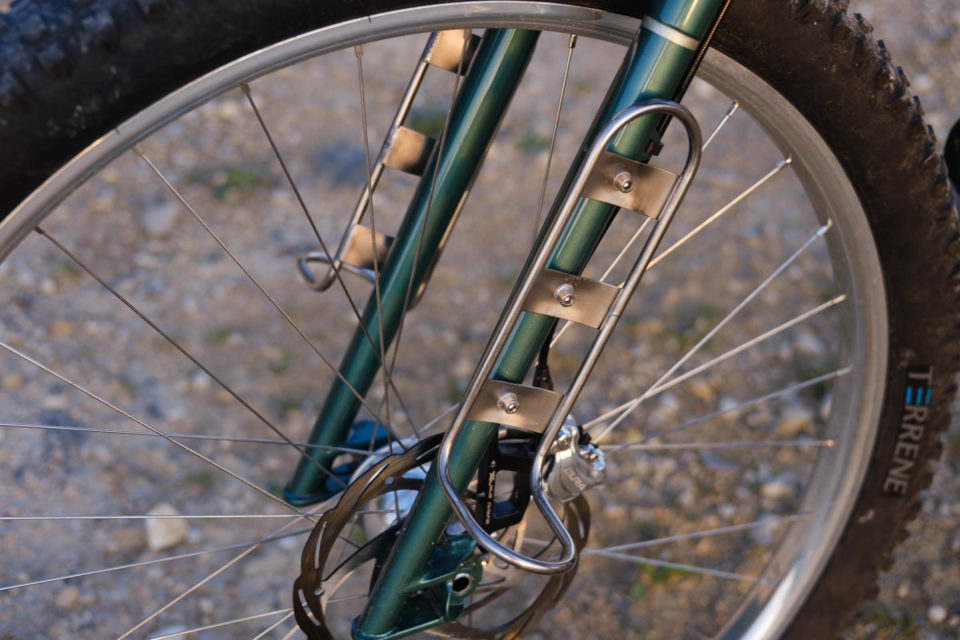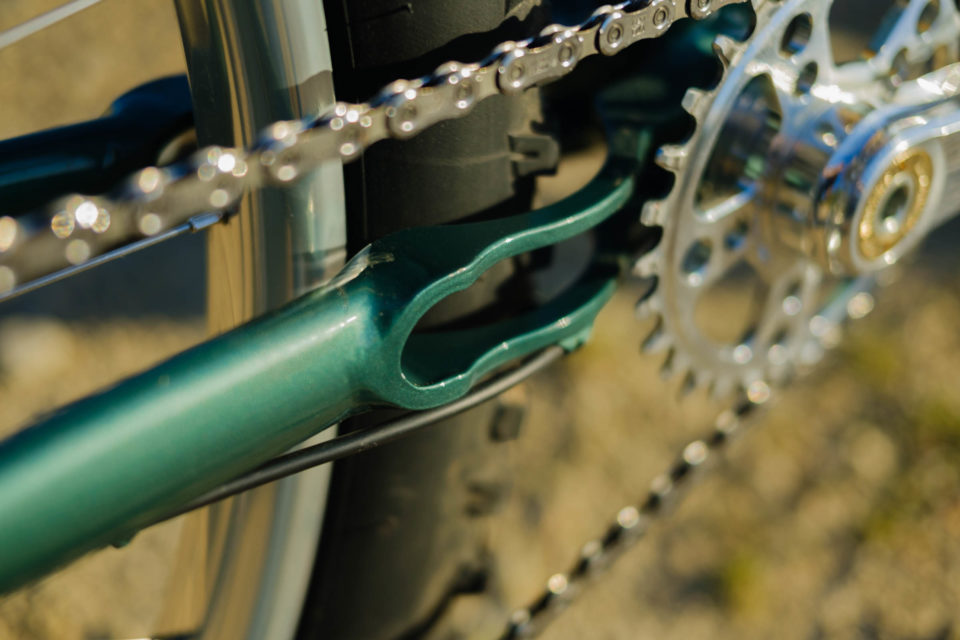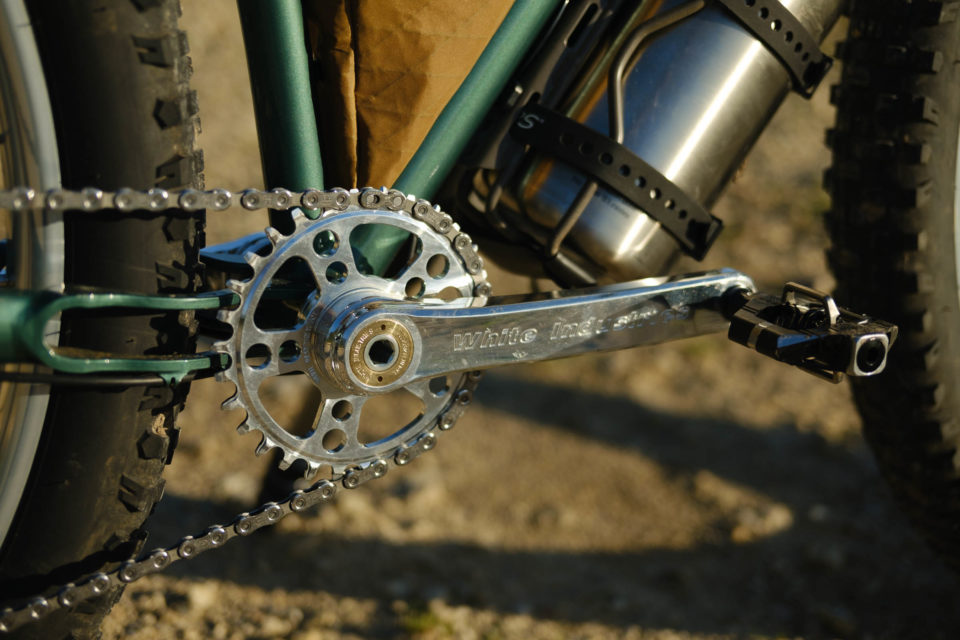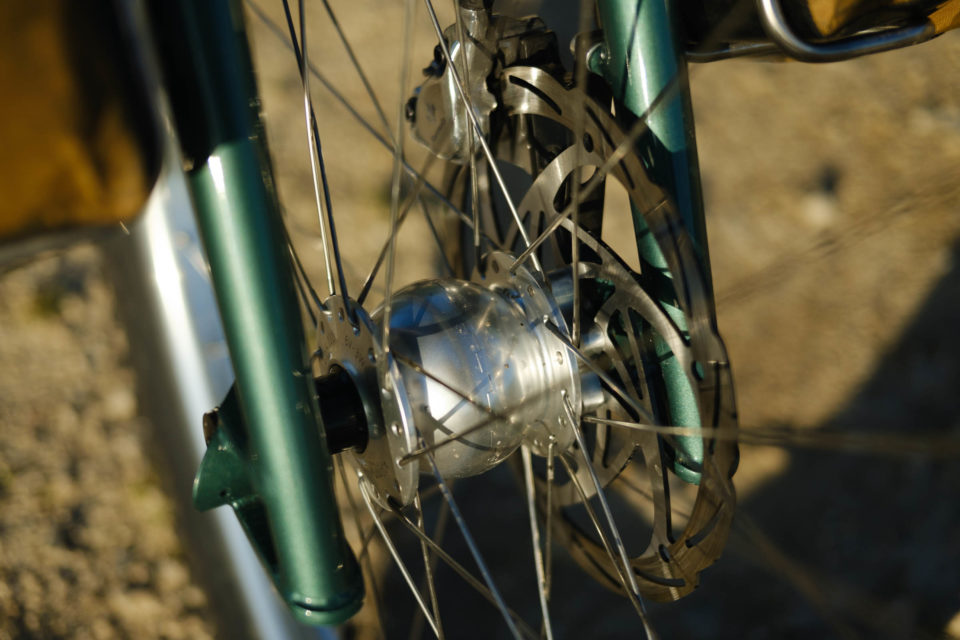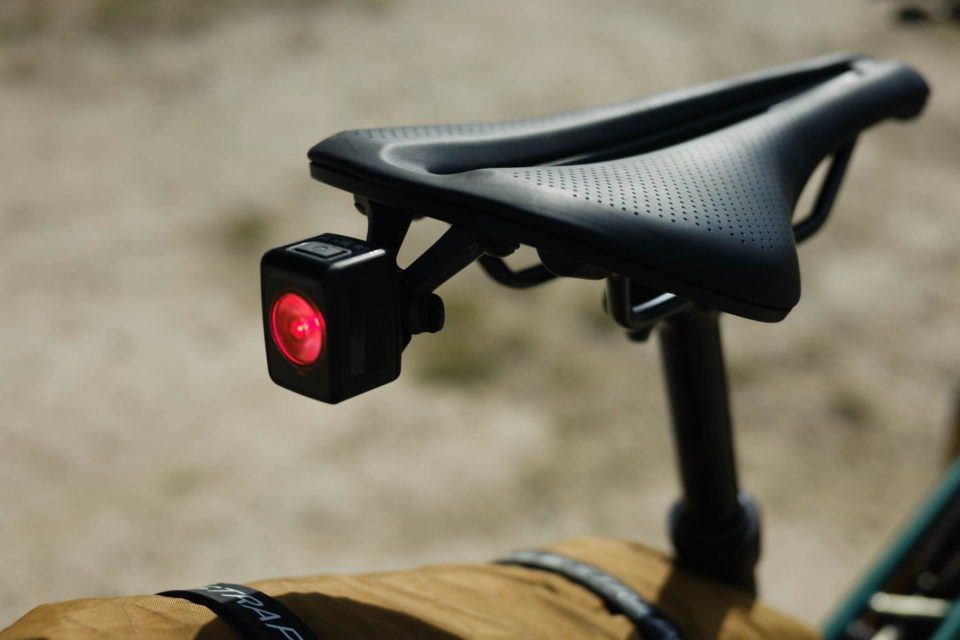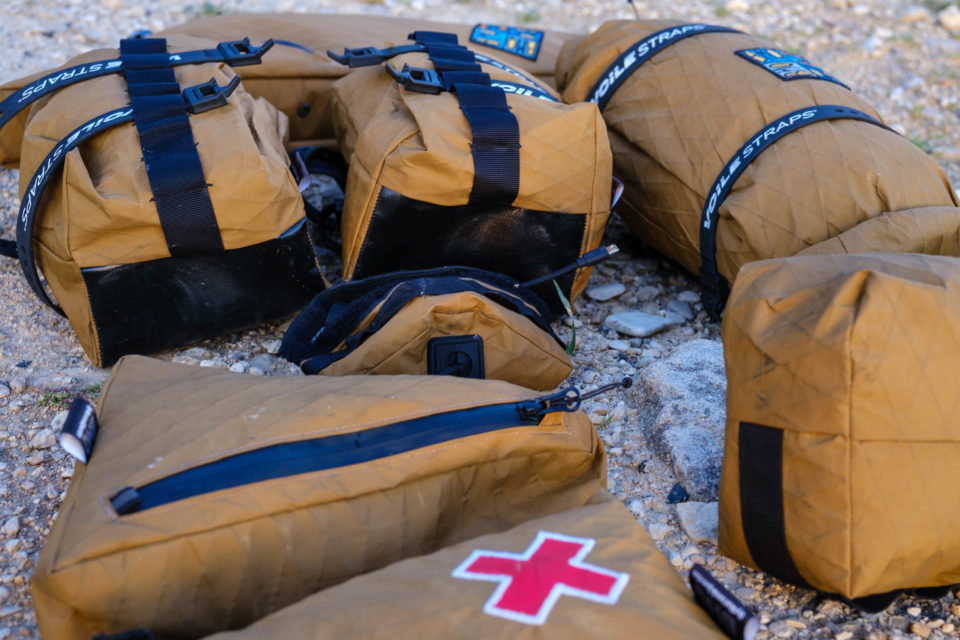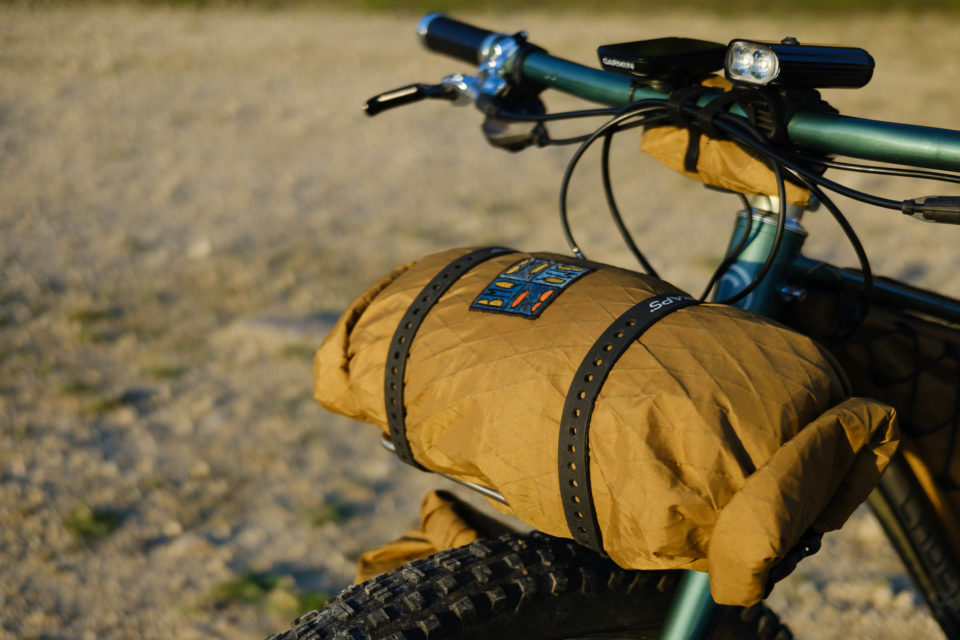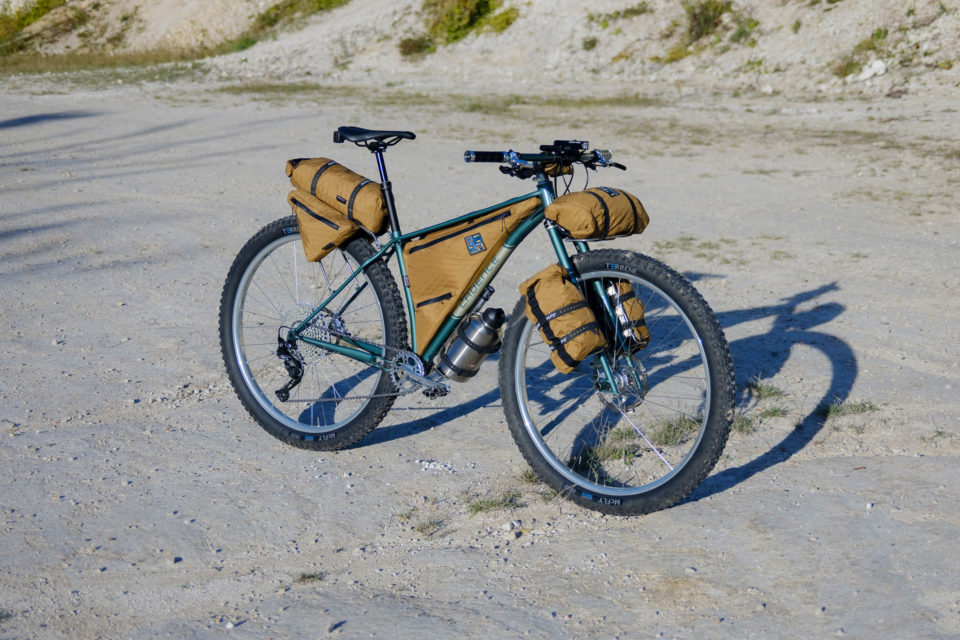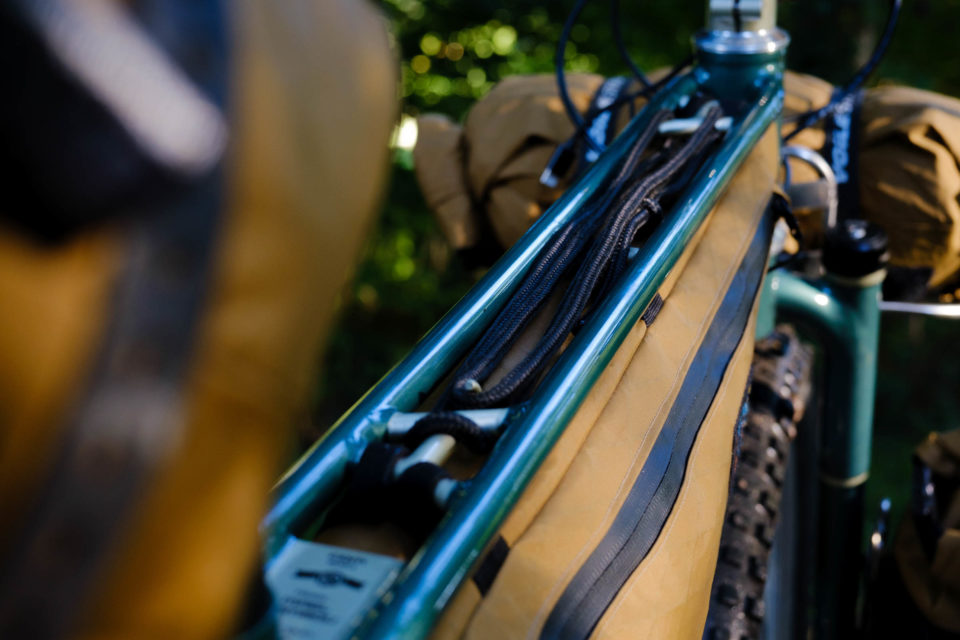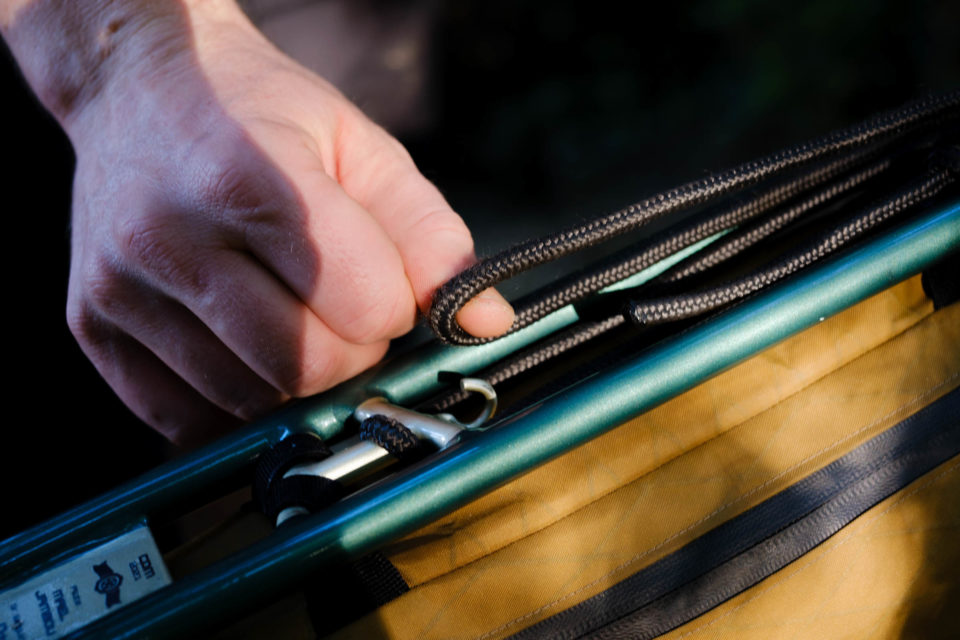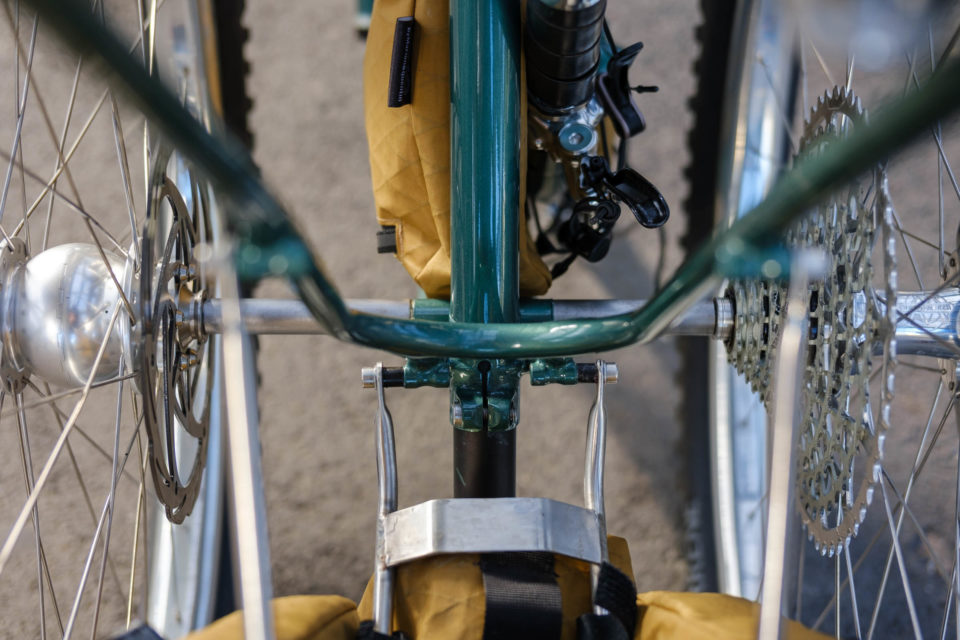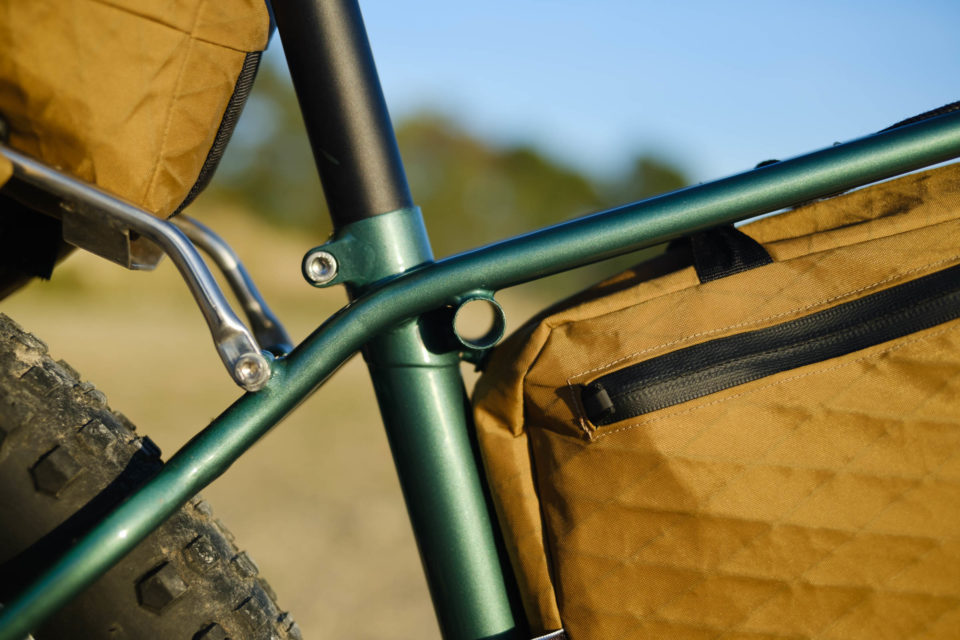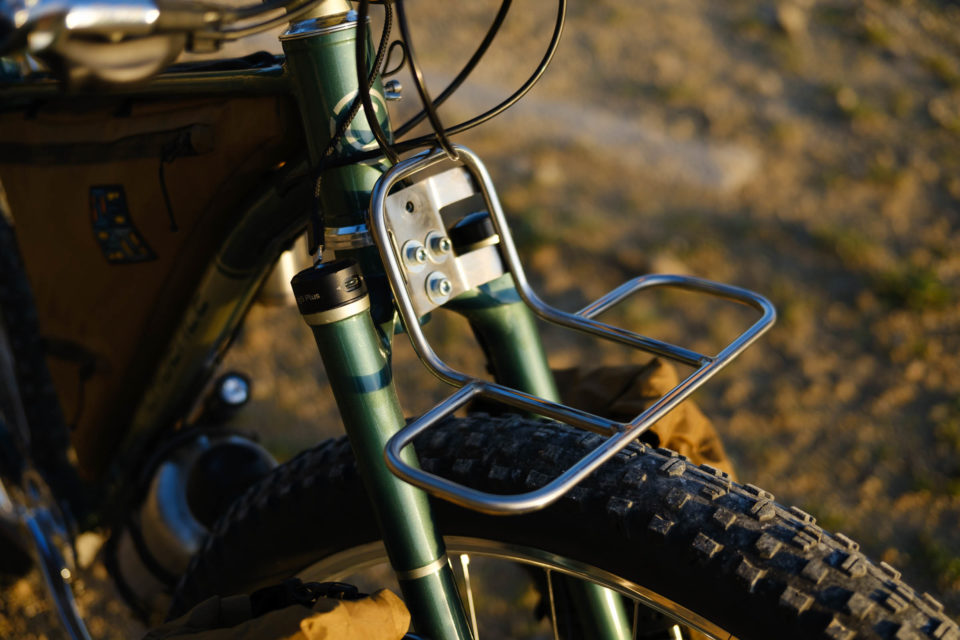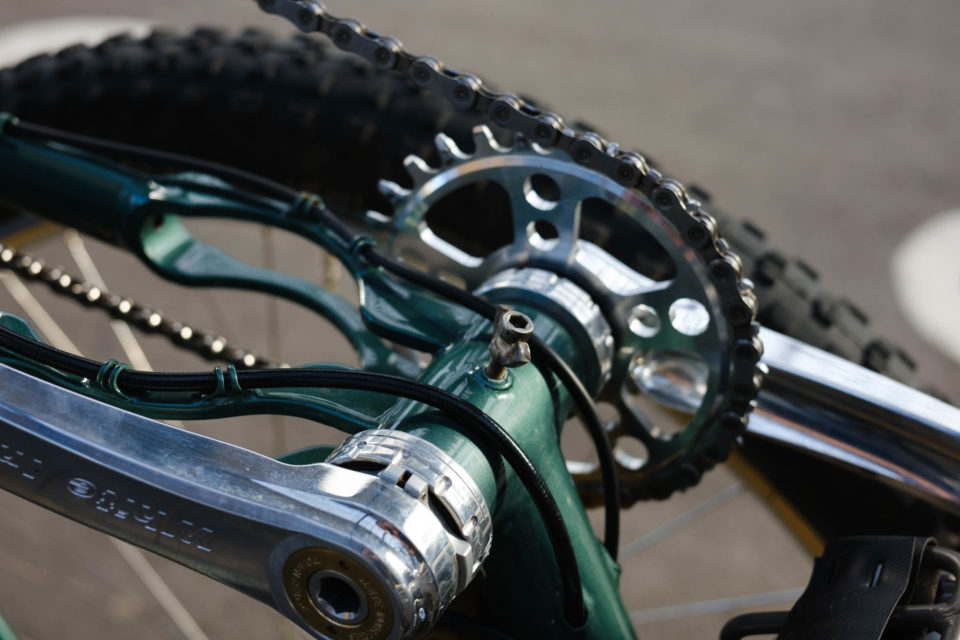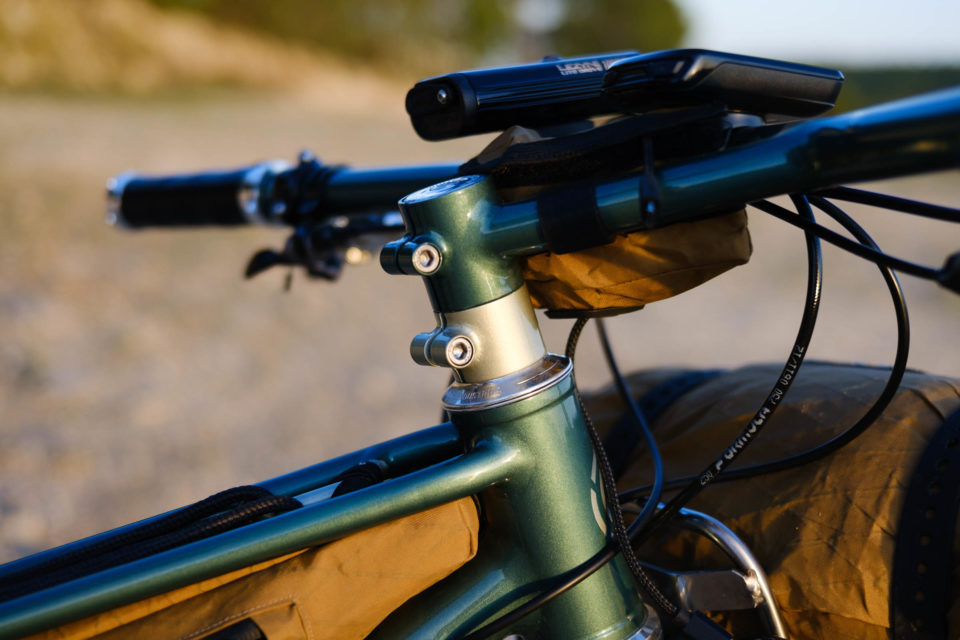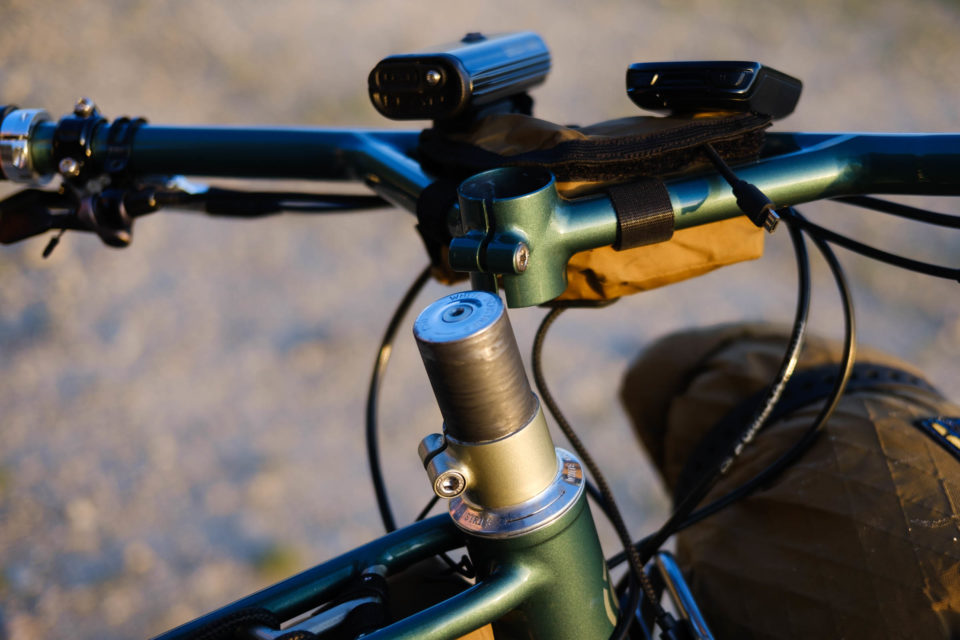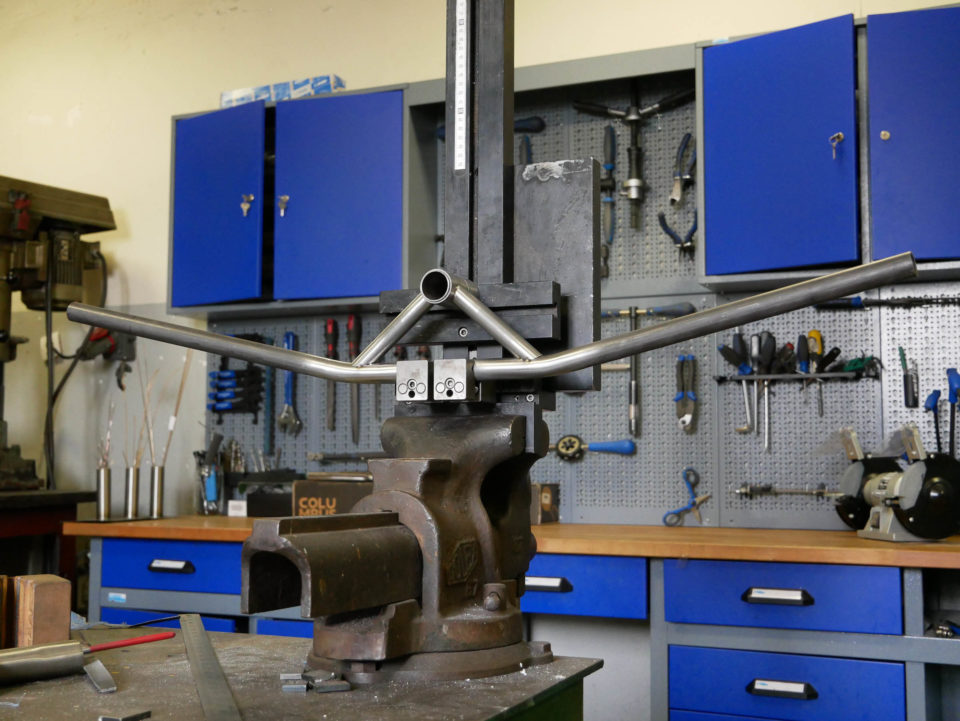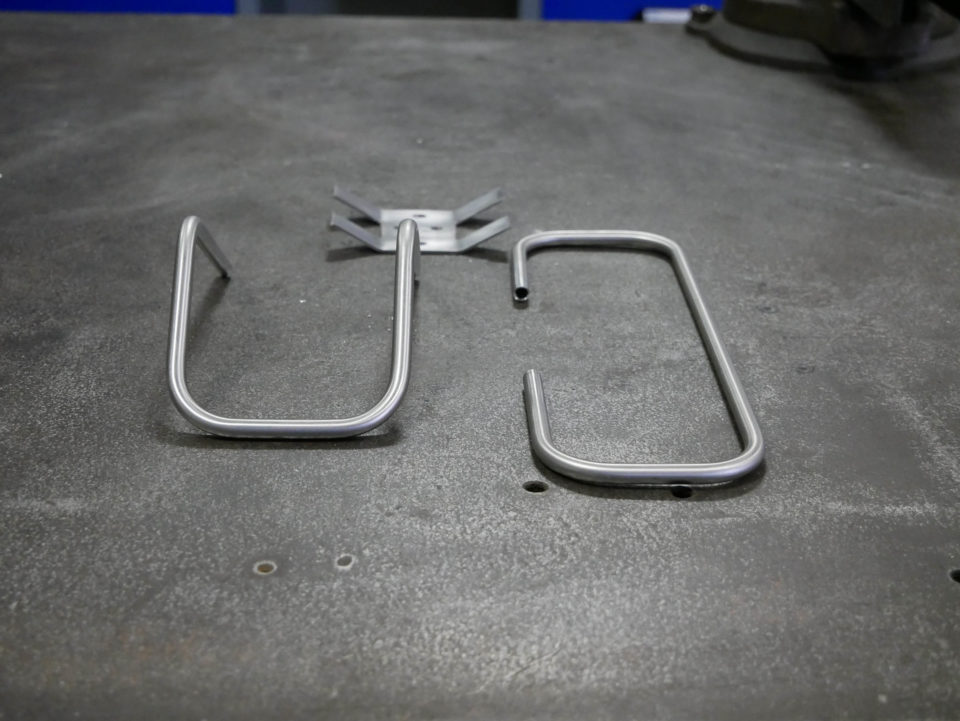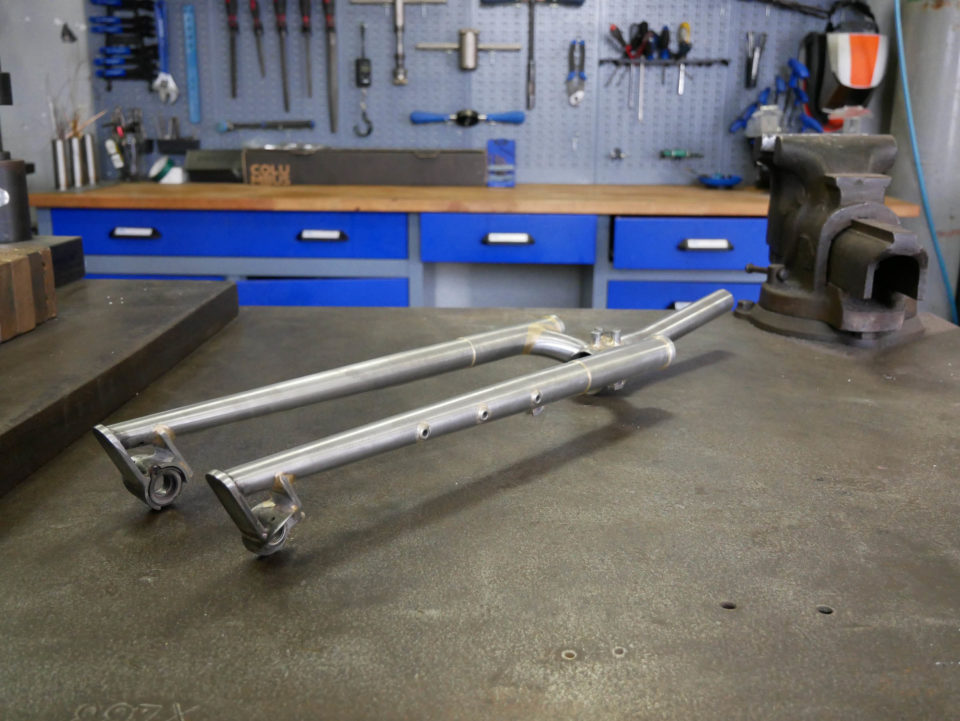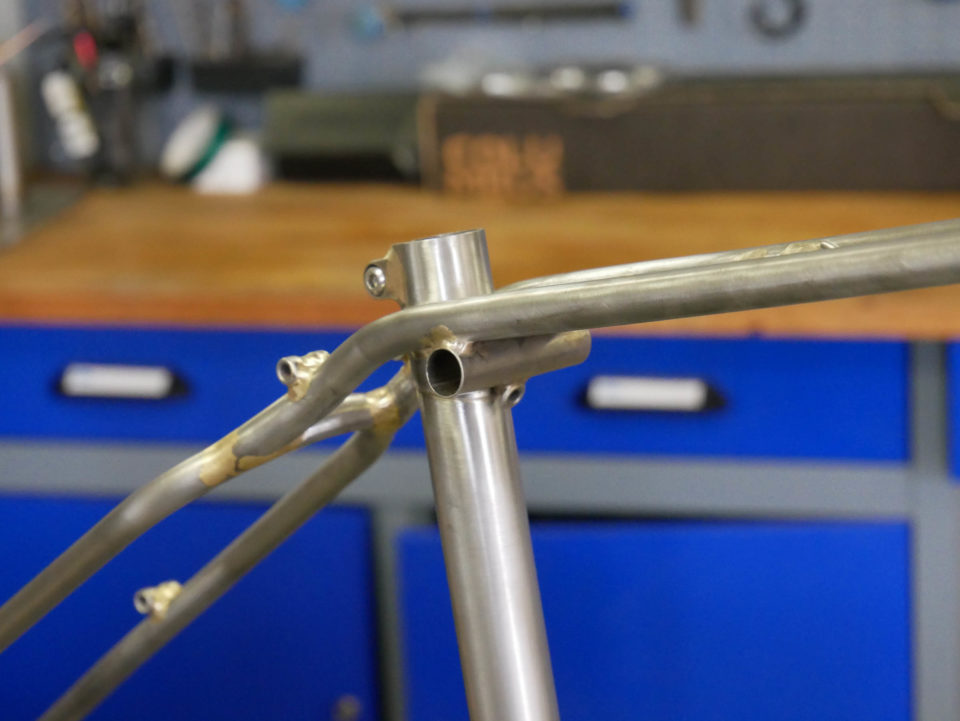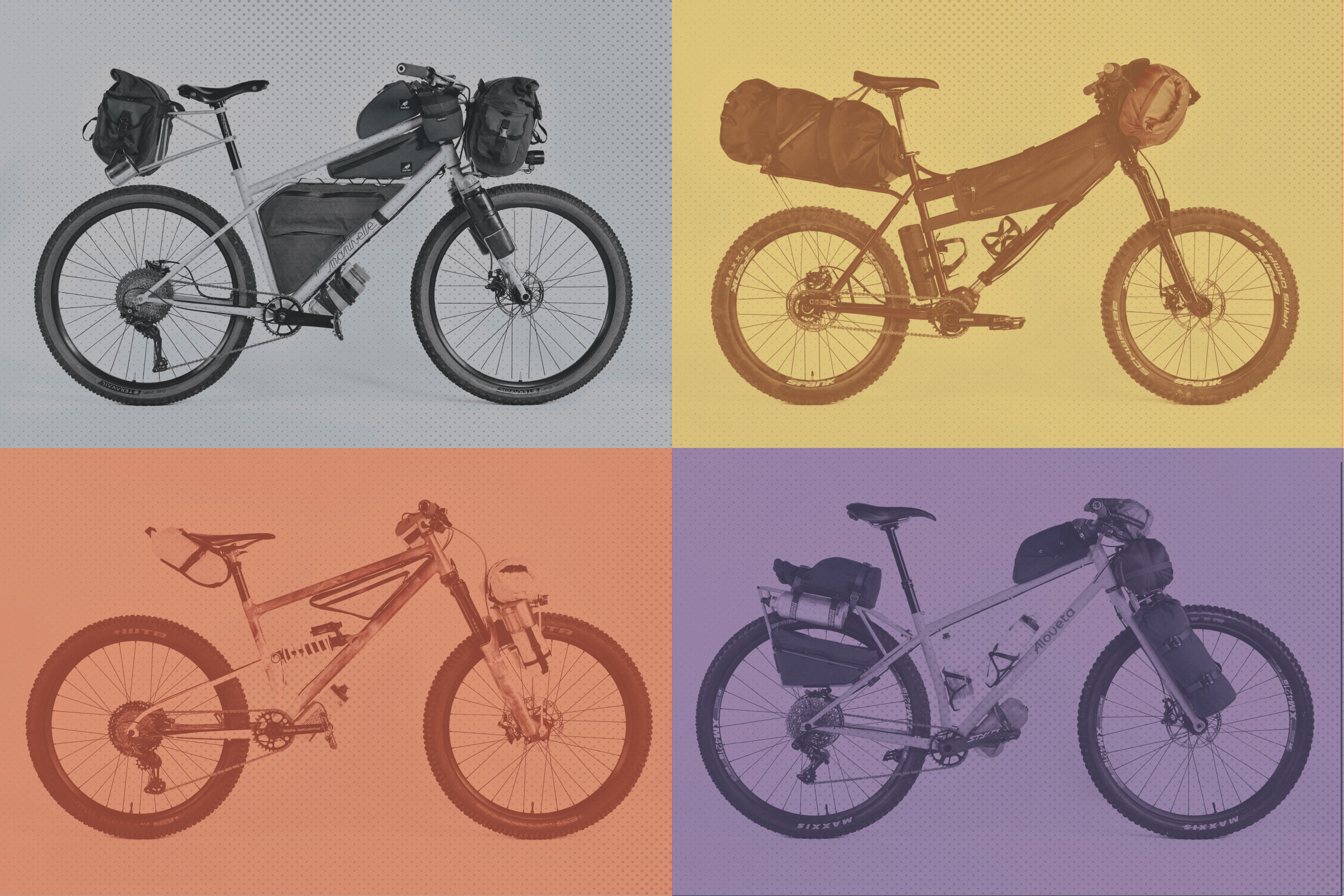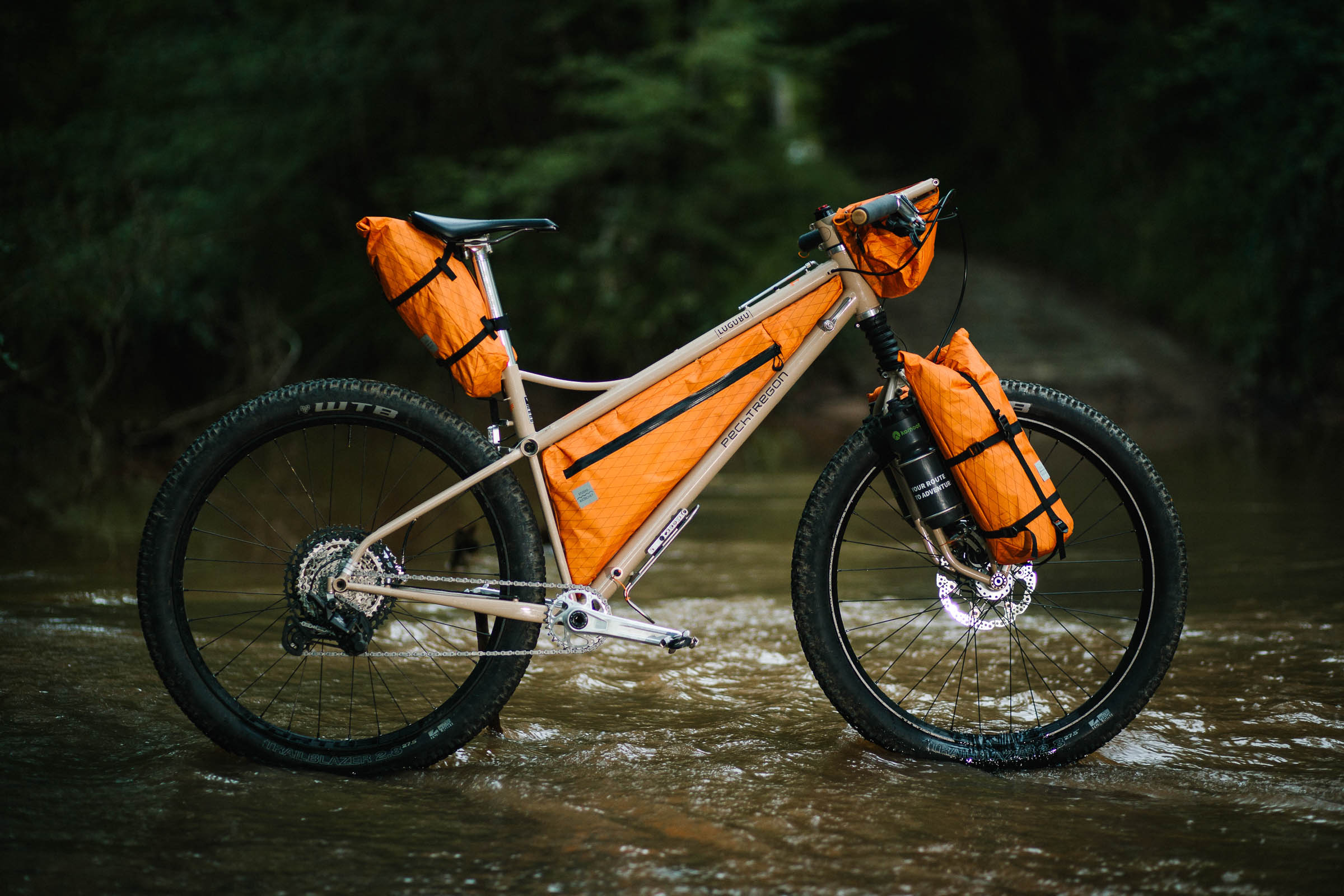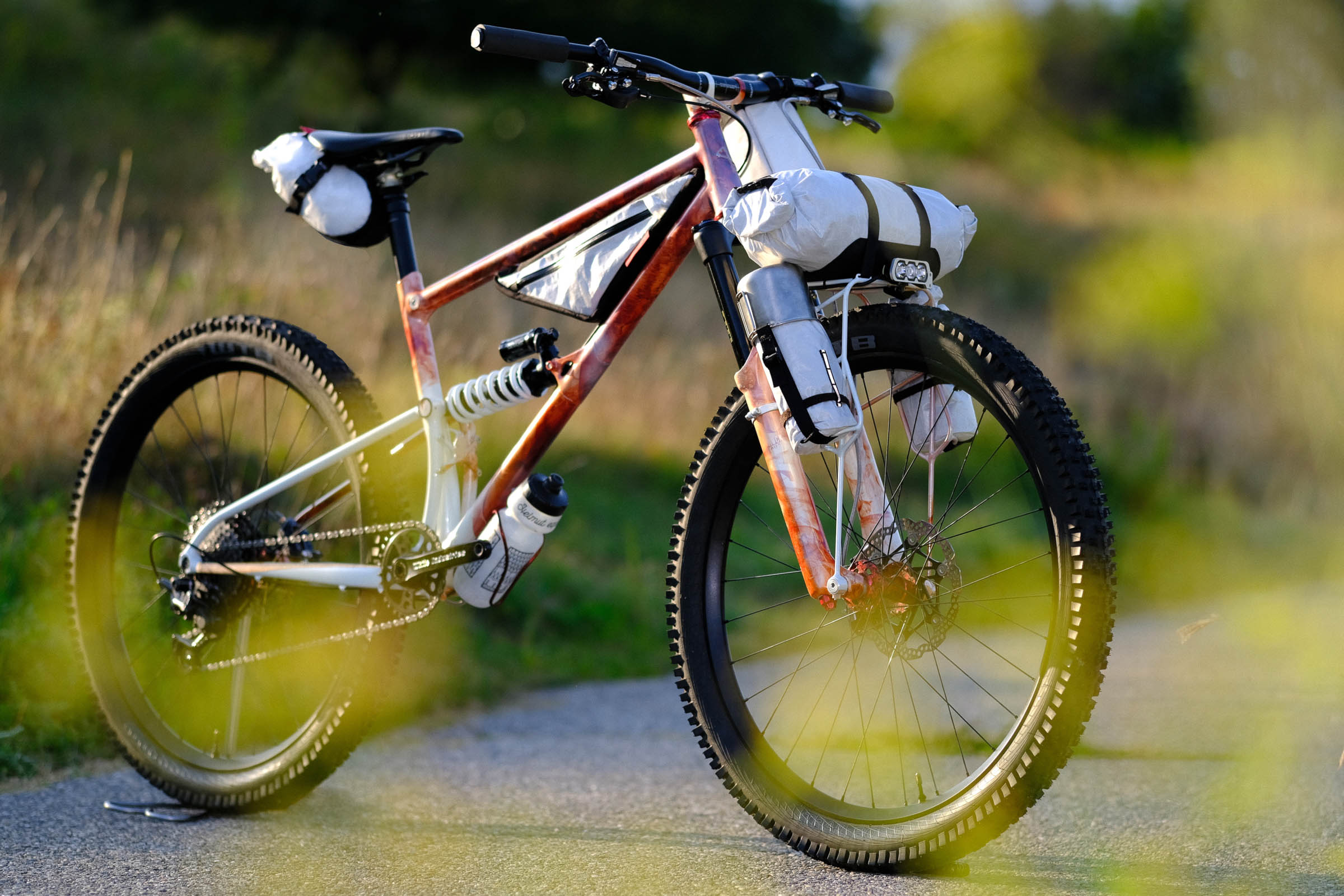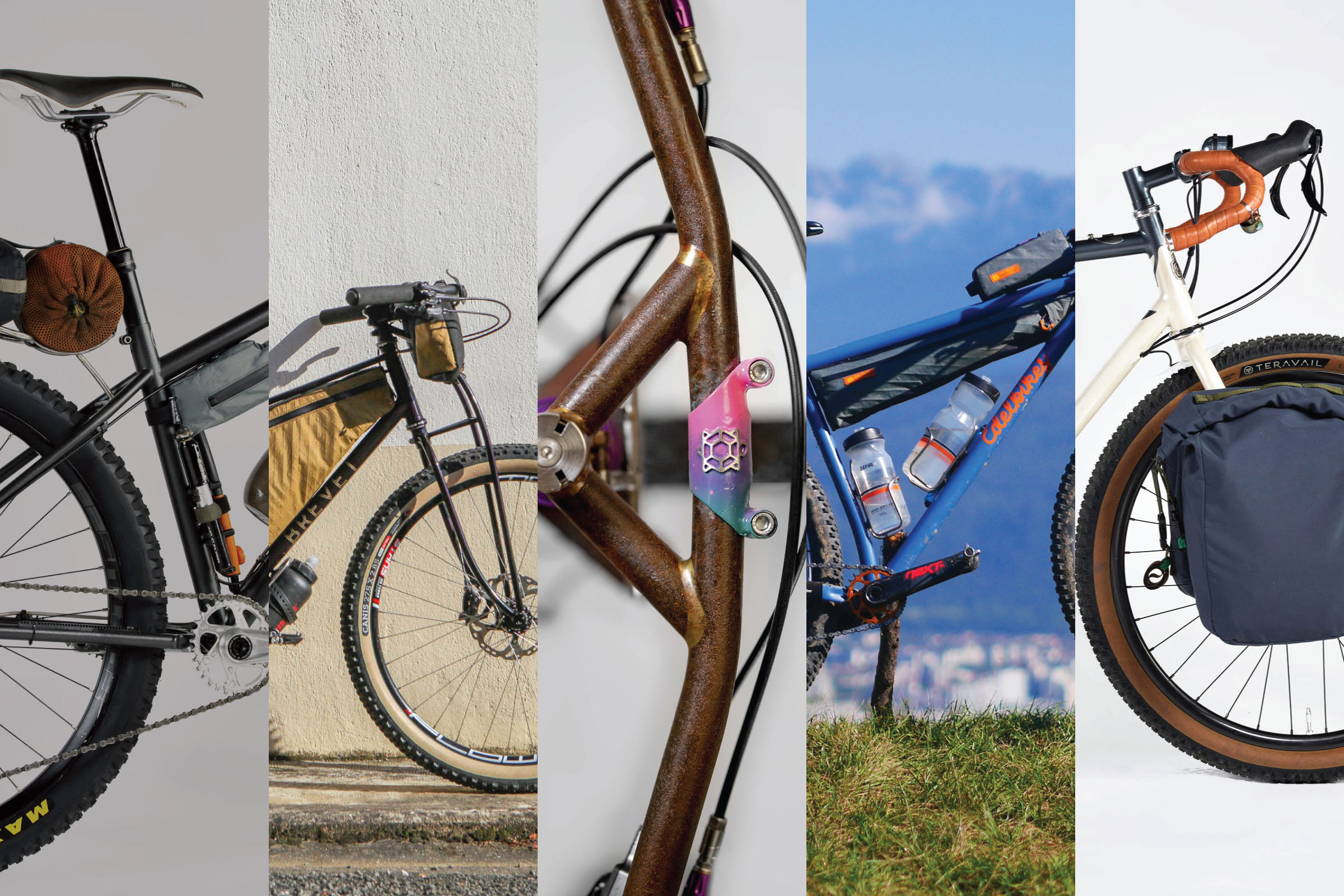Concours de Machines 2021: Cycles Cadence
To round out our coverage of this year’s Concours de Machines, we bring you this remarkable offering from Cycles Cadence, which earned itself the competition’s first-place prize. Dig in to appreciate this bike’s many details, including an integrated USB charger hidden in the fork, curvy handmade racks, and how cleverly it transforms for travel, almost into a wheelie suitcase…
PUBLISHED Oct 11, 2021
Photos by Mathieu Gloux (@m_glx) unless noted.
For our final post on the remarkable Concours de Machines 2021, we asked Cycles Cadence of La Chapelle-Saint-Luc, France, to share the thought process behind their winning entry.
In case you’ve missed our previous posts, it’s worth reading up on the history of the event and why it’s so interesting – namely, that each year has a particular theme and an accompanying set of criteria, rules by which frame builders have to abide, as verified by a complex scoring system.
This year, the overarching theme was self-sufficient bikepacking in the high mountains. It included a set amount of gear to be carried, water to be hauled, the ability for electronics to be charged, a gpx track to be followed, and two testing shakedown rides to ensure all bikes could handle the terrain’s demands, along with a series of campouts. Particularly noteworthy was the requirement that entrants attend the event, held in the Jura mountains on the border with Switzerland, using public transportation. This meant that their bikes had to fit within the requirements of France’s high-speed trains, most of which limit baggage to a length of 1.2m and a height of 0.9m.
This combination of factors has served to create some truly original interpretations of what makes a great bikepacking bike, as well as some genuinely fascinating and innovative ideas, as seen in Cycles Cadence’s winning machine below!
CYCLES CADENCE
I’m Maël Jambou of Cycles Cadence. The theme for Concours de Machines 2021 revolved around bikepacking in the mountains, along with a passion for cycling and unfettered imagination. At least, this was the recipe that would be required to try and devise the winning bike. It was one that posed quite the challenge for me, in part because it was the first bike I entered into the competition, and also because it was the first mountain bike I made.
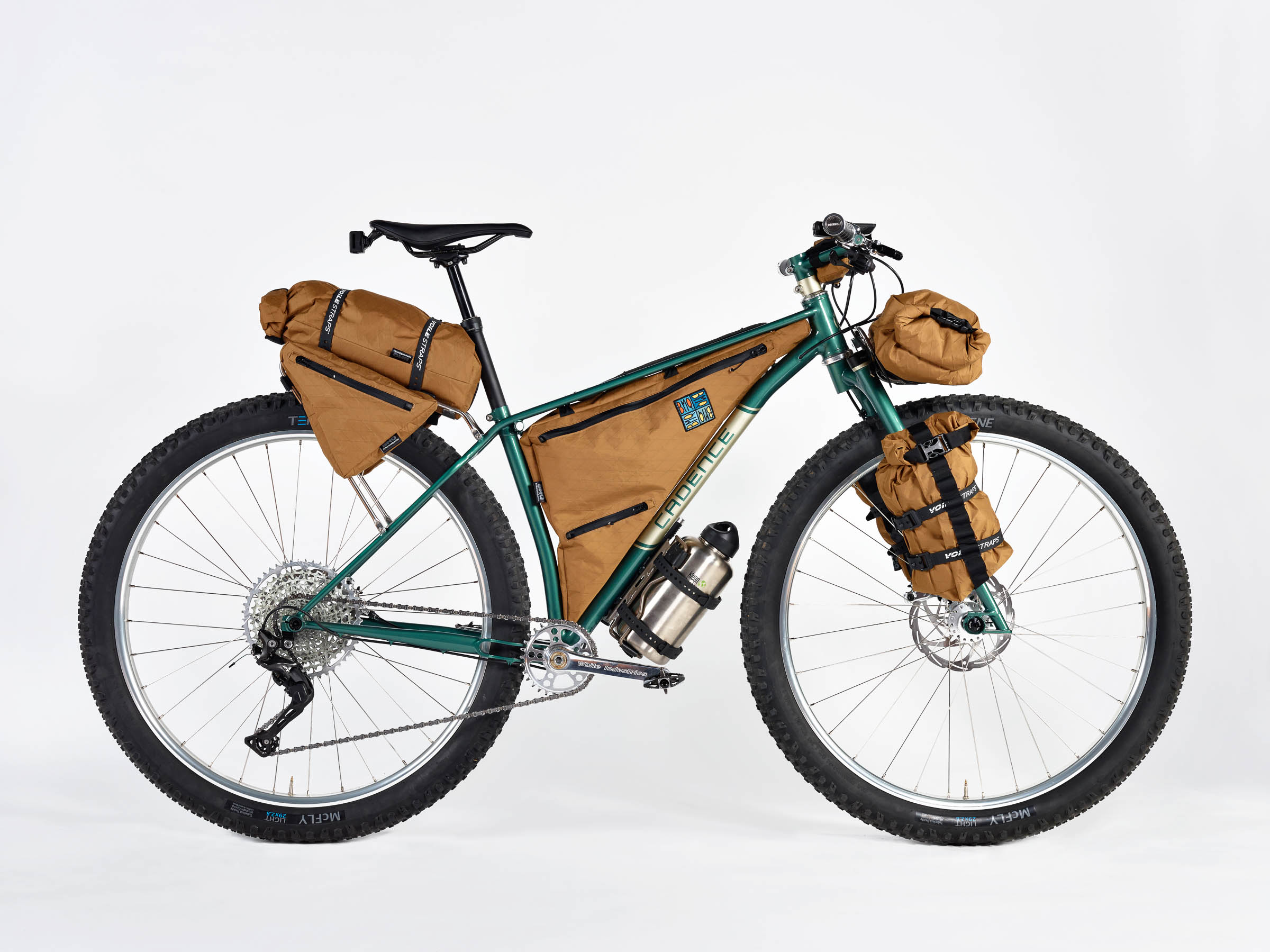
I carried out lots of research into the world of mountain biking – from XC, to hardtails, to enduro – trying to find out how it could meet the needs of bikepackers, whilst also balancing this with the rest of the demanding criteria set out by the Concours de Machines.
In general, I like bikes that are well finished, a little out of the ordinary, and above all, efficient where you’d expect them to be. As part of the CDM, I considered these principles and divided my attention into four areas: off-road riding, bikepacking, breaking the bike down, and how it could be carried.
My goal was to offer original solutions for each of these lines of thought. The most successful ones I came up with were the following: the low key way in which the bike can be rolled when it’s dismantled, the integration of the USB battery charger into the fork blade, the inverted offset arrangement of the fork legs; a bike carrying system concealed in the upper tubes, the flat “half yoke,” the ability to lock out the fork steerer and crankset, the Bullmoose handlebar with its “double stem,” the intricate front and rear racks, and the compact design of the panniers.
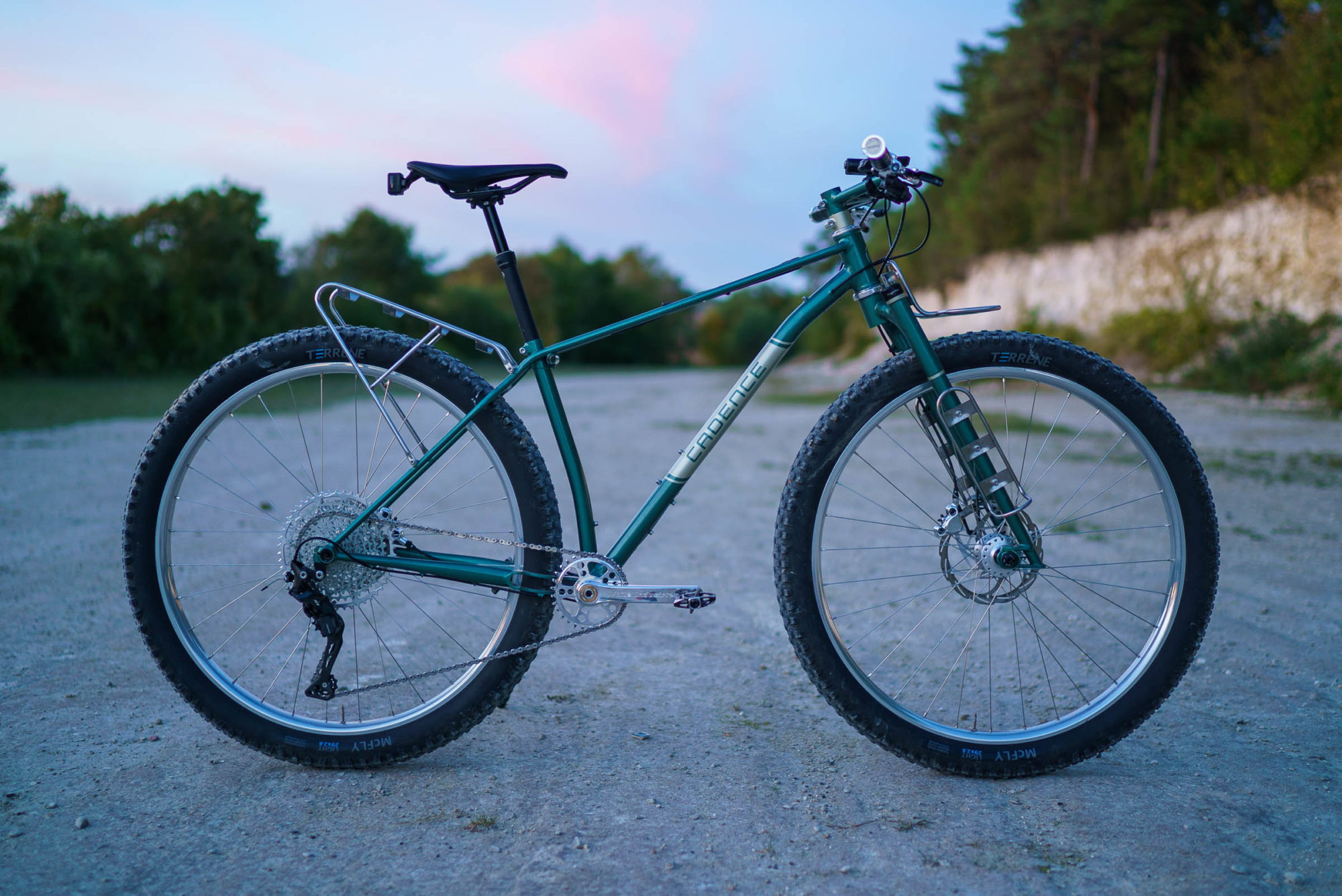
Everything unites in a neo-retro style, underlined by the choice of silver components. Bringing together all the technical solutions, while keeping a certain aesthetic and functional consistency, was one of the most complex tasks of the project.
TOUT TERRAIN
I quickly decided on a rigid mountain bike for the sake of reliability, robustness, and luggage storage capacity. However, with its axle to crown that measures 495mm, the bike can also accommodate a suspension fork, as it’s intended to be quite sporty once the baggage is removed. I really tried my best to make the bike as comfortable as possible. The rear triangle is made up of thin seat stays, which are 12mm in diameter, coupled to chainstays connected to the bottom bracket by a flat yoke. The latter, produced by Konga, is designed to provide vertical flexibility and lateral stiffness, and it also accommodates tires as large as 29 x 3″ wide.
The head tube angle is 68.2° and there’s 45mm of fork rake, which gives the bike good stability, especially teamed with its 29 x 2.8″ tires. Nevertheless, to keep a certain sense of maneuverability on twisty trails, I opted for 740mm wide handlebars and relatively short chainstays, at 428mm in length. When this bike is loaded, I spread the weight in a way that the front of the bike is a bit heavier, to gain stability on climbs and descents. The bottom bracket has a drop of 61mm to clear the majority of obstacles without any issues. As a result, the bike grips well, and it feels both safe and enjoyable to ride.
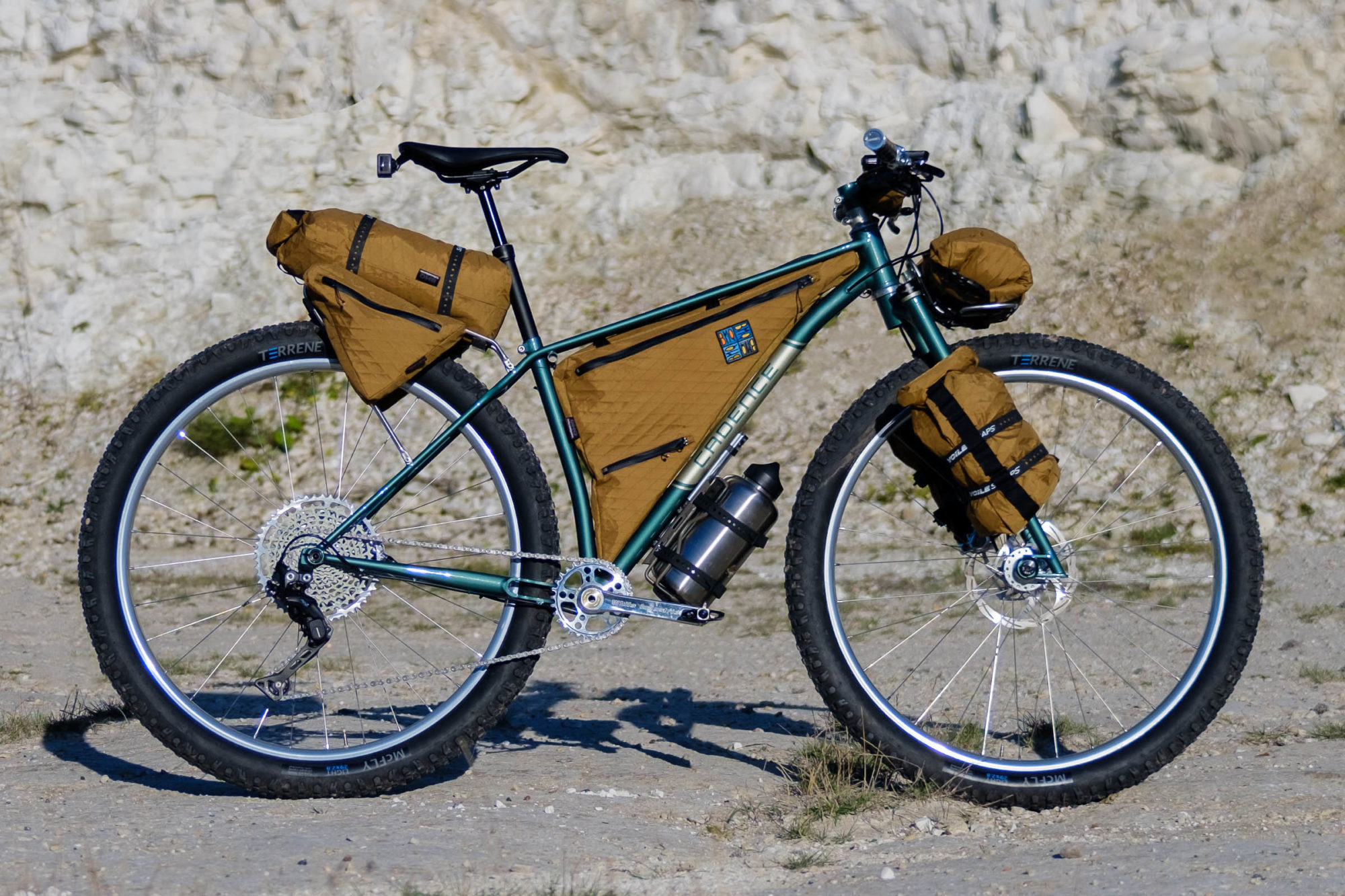
GEOMETRY
- Angles: 68.2° headtube, 75° seattube
- Reach / Stack: 420 / 595mm
- Bottom Bracket: 73mm threaded / 61mm drop
- Seatpost Diameter: 27.2mm
- Max Tire Size: 29 x 3”
The fork features an offset axle towards the rear, which makes it possible to lengthen the blades, so they do a better job at dampening vibrations, effectively like a curved blade design but with straight blades. The frame has flat mounts, with 180mm rotors. The front and dropouts are Boost spacing, allowing for wider hubs and more rigid 29″ wheels.
BIKEPACKING
One of the most important requirements of the event was being electronically self-sufficient for 48 hours. So, I opted for a SON SL dynamo hub that powers a battery placed within the right fork leg. This battery is connected to a USB charger/battery combo, nested in the top of the blade, with a second battery located in a bag. This dual battery system allows you to always have enough charge, whether to power the GPS, the smartphone, or the lights (1000 lumens at the front) which are USB rechargeable.
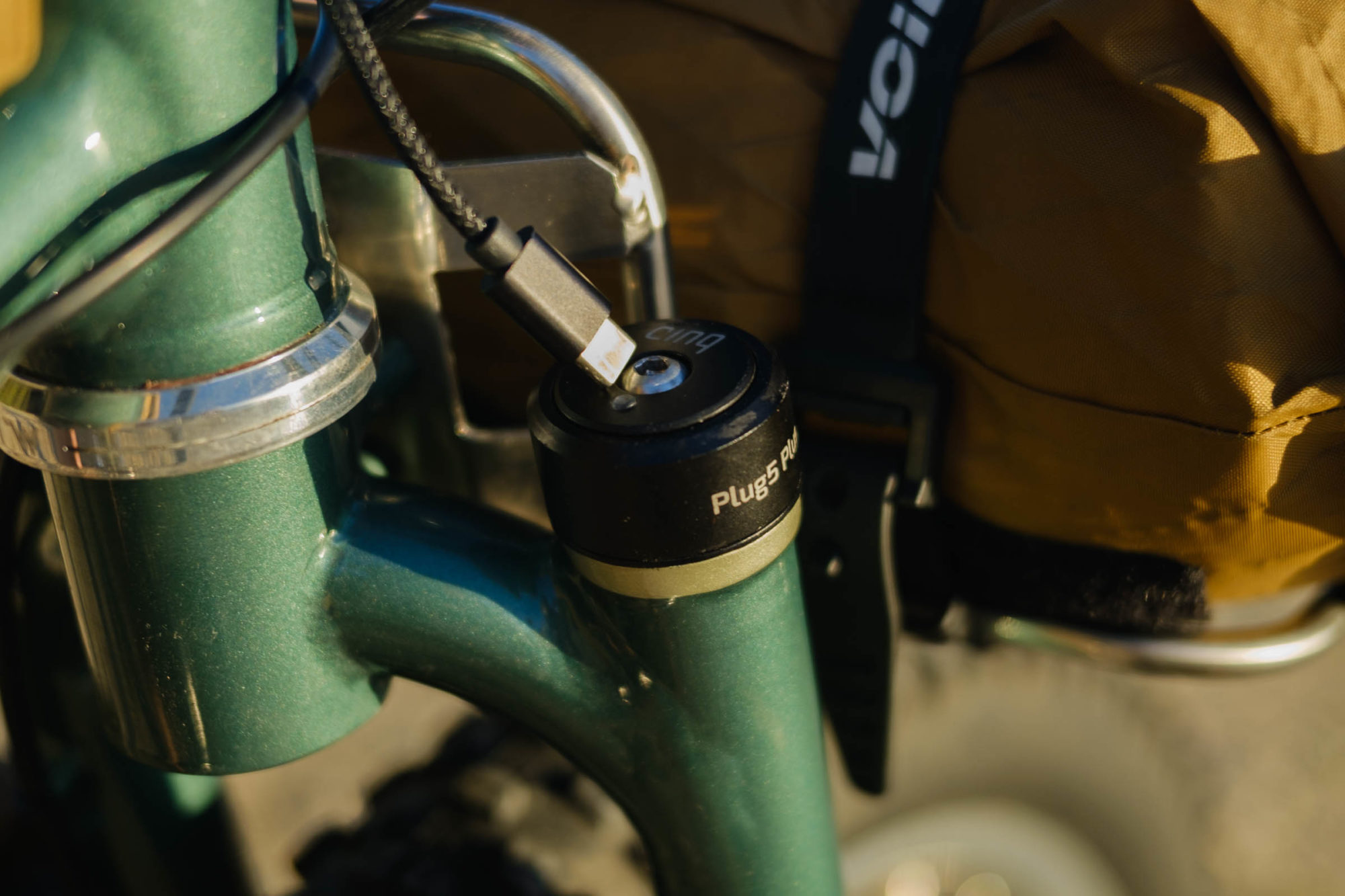
The bike is designed around a set of compact and easy-to-access luggage. There are a total of eight bags on the bike, one of which is split into two parts. Each has its particular duty: first aid, sleeping, clothing, tools, food, kitchen utensils, waste, electronics. Not only does this means getting to what you need is easier, opting for a number of small bags allows better weight distribution across the bike, along with more attachment points for carrying gear securely – compared to a system that’s made up of a few bulky ones. The bags were made to measure by Marion et Quentin to fit the bike perfectly.
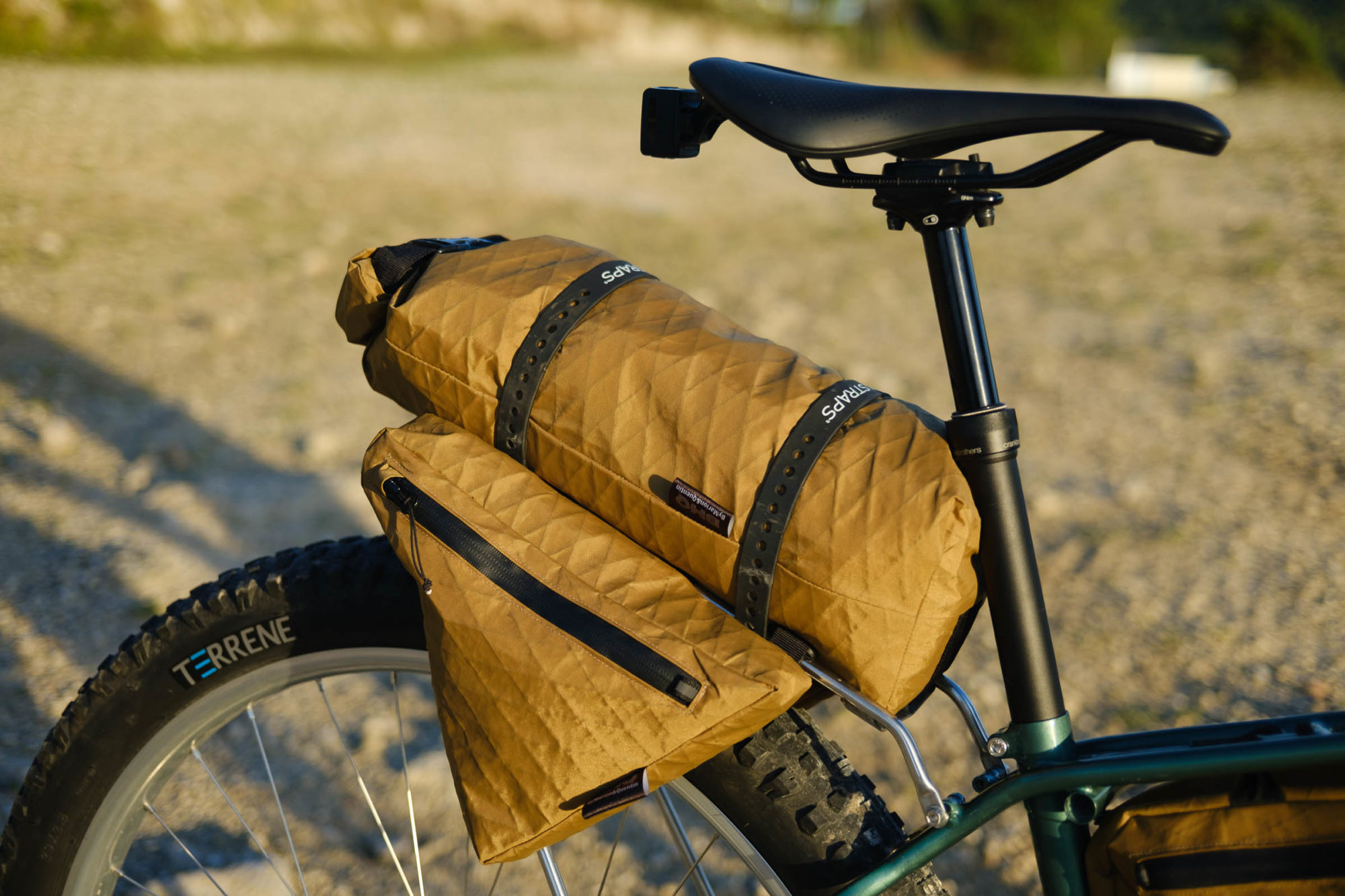
Two racks (front and rear) have been specially designed to keep everything compact, complemented by King Cage Manything racks at the fork and a Blackburn rack below the down tube. At the rear of the bike, the rack is slightly curved to fit the saddlebag, with two side mini-bags integrated on the left and on the right. At the front, the rack is held by three bolts to withstand all the forces to which it is subjected. Four holes have been drilled, to be able to easily change its position when dismantling the bike for transportation.
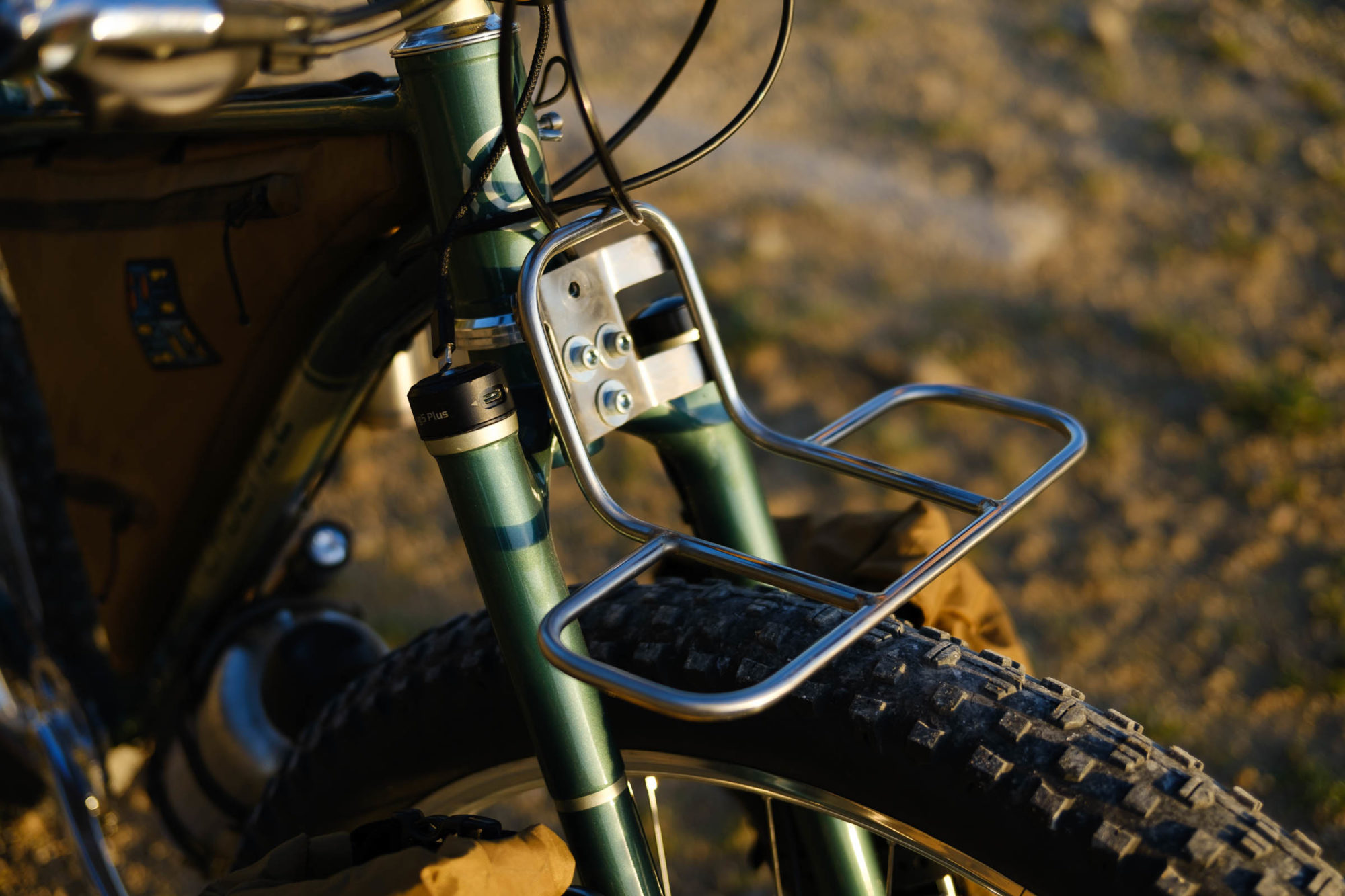
PORTAGES
Among the design specifics, there are twin top tubes. Concealed between them is a cord that’s quick to unfold and act as a bicycle-carrying system – the rope is used as a shoulder strap that allows the bike to be carried hands-free. This can be useful when you have to scramble over certain obstacles, especially with a loaded bike that might weigh 25-30kg. The cord can easily be adjusted and there’s also a strap at shoulder level to make carrying the bike more comfortable.
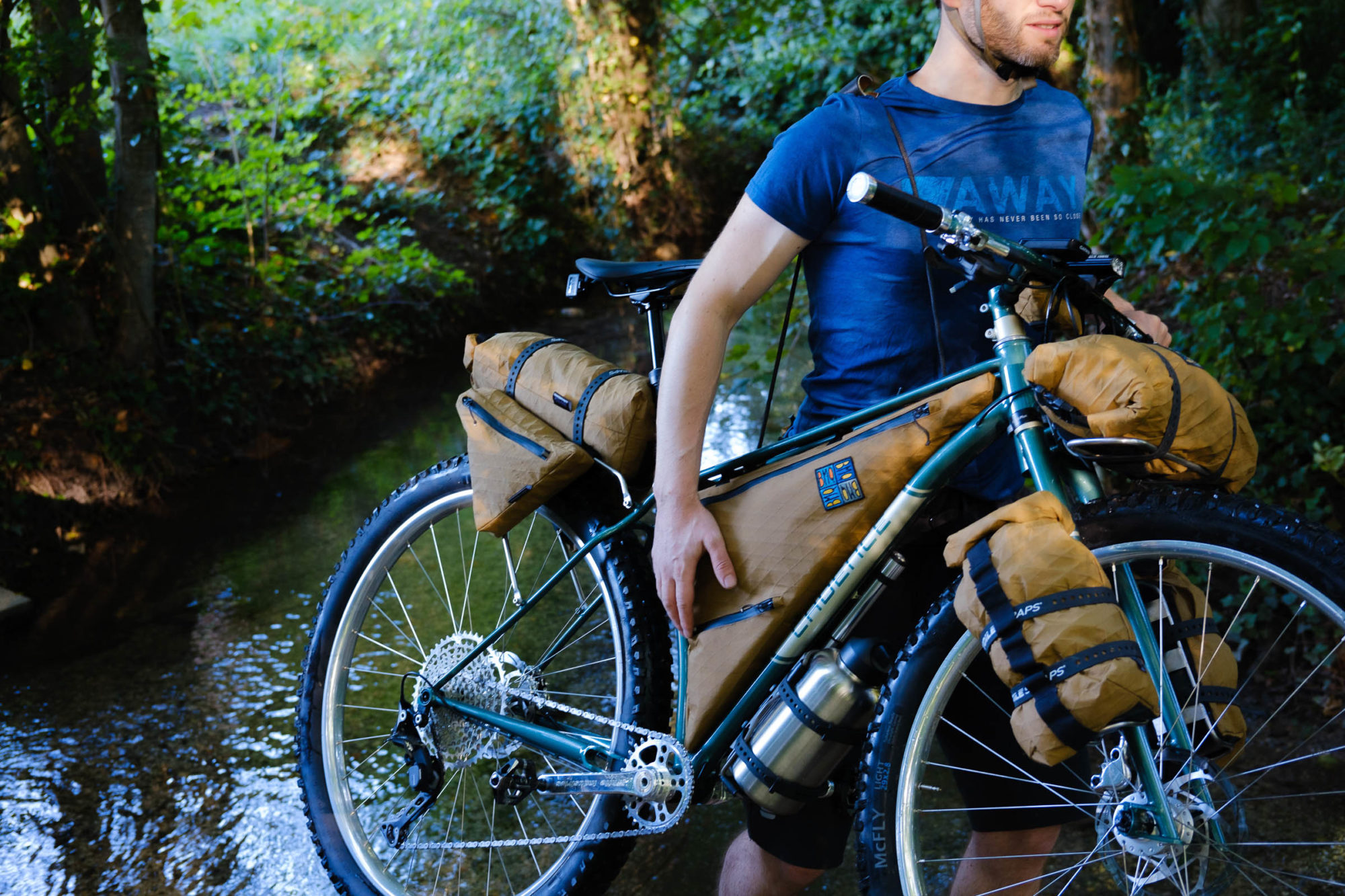
DISMANTLING THE BIKE
A mountain bike that can be broken down into a small package is all and good, but one that can be broken down and still roll is even better!
Many travelers have to disassemble their bikes in order to load them onto public transport – be it for a train or a bus ride. Often, when you take the wheels off to make the bike smaller, you don’t really know where to put them. Sometimes you lie the bike down as best you can, which can cause marks, or cause components to become knocked out of line, or even break. My initial idea was to find a way to block the wheels, but pretty quickly I realised I should actually take advantage of them and just roll the bike once it’s dismantled. All that remained was to find the balance point for the magic to happen, and then to make an axle capable of accommodating both wheels when lined up in parallel. Luggage storage was designed from there – it had to be compact enough not to get in the way of the rotating wheels.
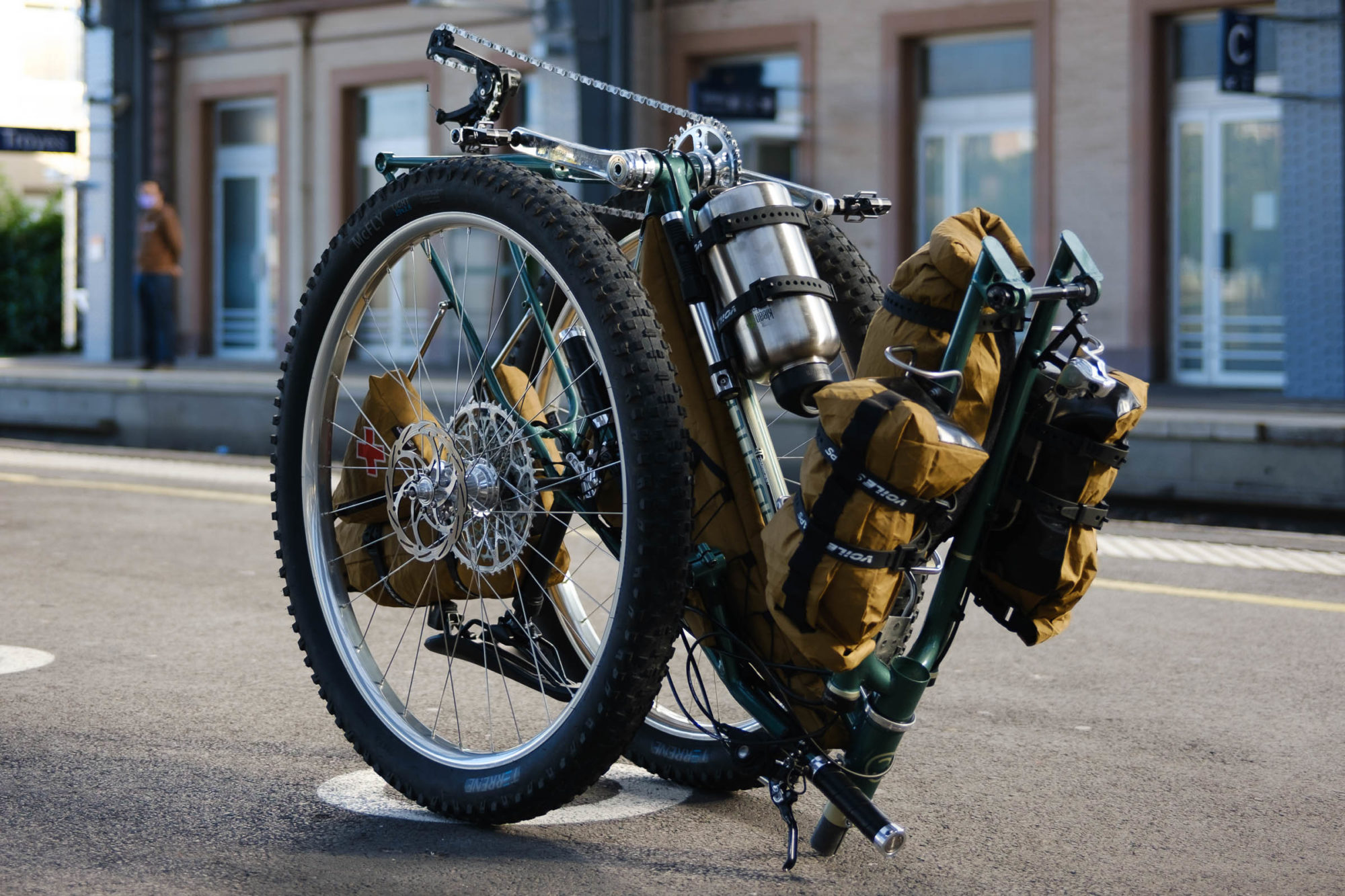
The eventual solution is actually very simple. It’s just a case of turning the bike over and removing the front and rear wheels. The wheels are then installed on a single axle that runs through the junction of the top tube and seat tube. The crankset is locked out by a system of bolts. Ditto for the fork, which is held in place by a bolt, to stop it from rotating. The thru-axle of the front wheel then acts as a handle to pull the bike. You can see the whole process here.
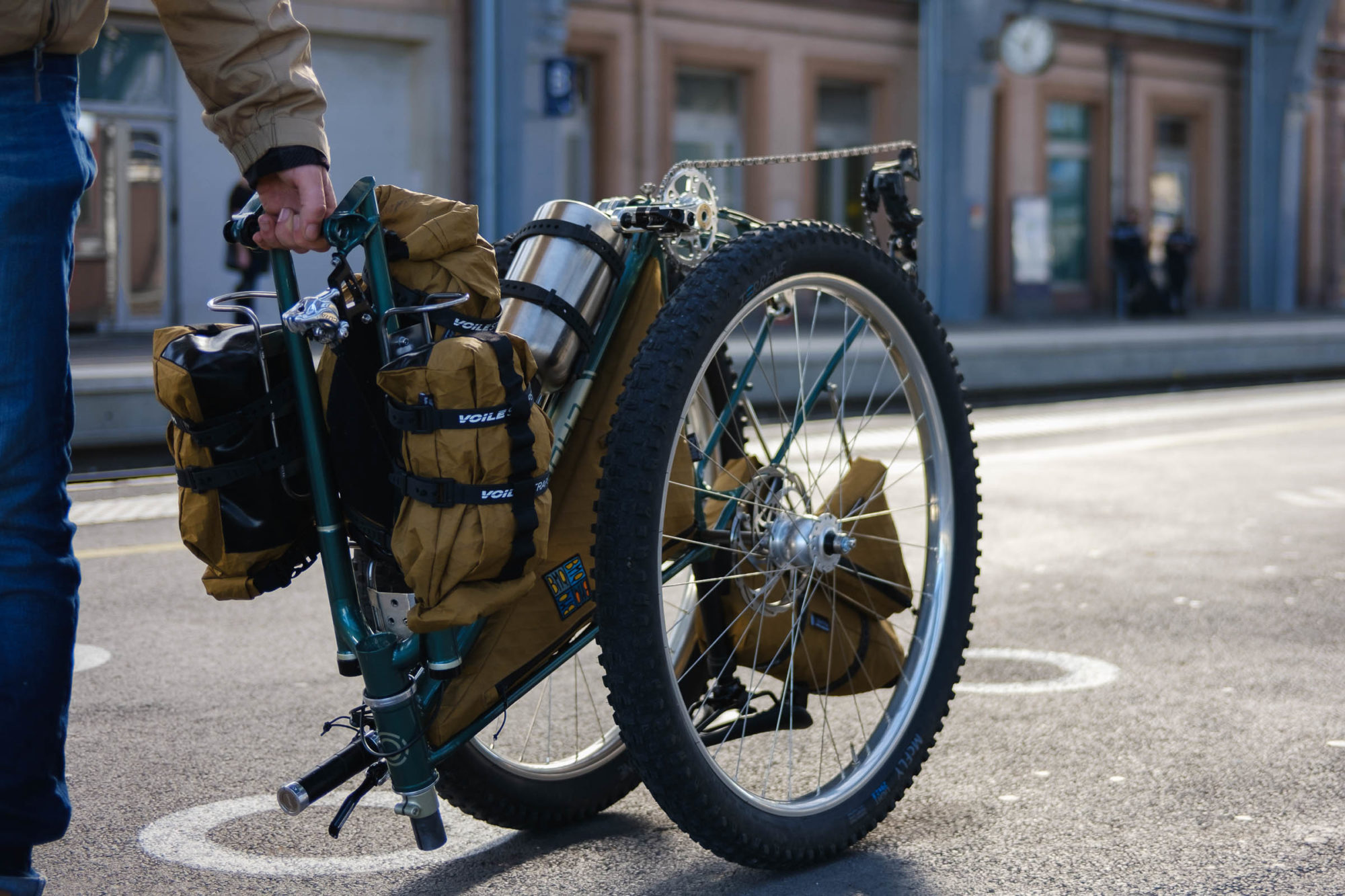
The handlebar can be left in place. But to get the bike to its smallest size, it can also be easily be removed, thanks to its “double stem” system, and can then be held in place by bungees on the frame bag. This clever system keeps the fork in place when the handlebar/stem assembly is removed. The “first” stem remains bolted onto the steerer tube, ditto for the expander. The second stem slots above the first and can be removed and reassembled using a single bolt. Thus, the fork and the headset remain in place and do not require any readjustment when reassembling the bike.
ARTISANAL KNOW-HOW
The Machine competition aims to promote craftsmanship, so many parts on this bike have been designed and manufactured in-house, like the frame, fork, handlebars, the long axle for when the bike is dismantled, and the front and rear rack. I chose steel for the frame and fork. The twin seat stays and top tube are standard 25CD4S, while the chainstays are made by Dedacciai, the down tube and bottom bracket by Reynolds, seat tube and sliders my Columbus. The racks are 304 stainless steel, which was then polished. I carried out several bending operations, both for the racks or twin top tubes, which have each undergone three bending operations in different directions – like the plain seat stay that follows the shape of the tire and the curvature of the chainstays.
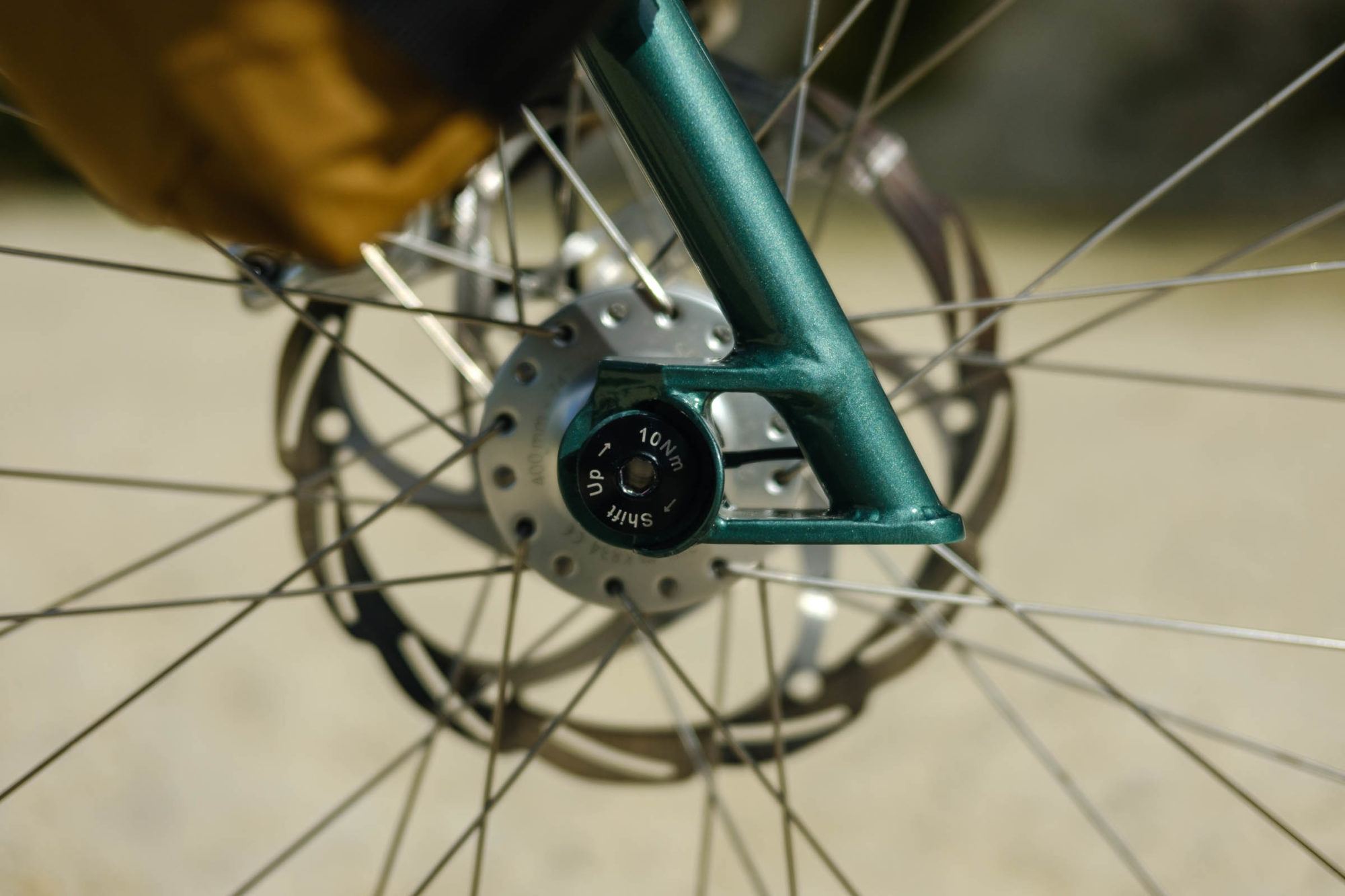
The reverse offset of the fork dropouts required as much as four times longer to make than a standard one. Changes have also been made to some parts – the left front dropout has been reworked to accommodate the SON SL system. A custom-made front axle was also machined. The rims, Stans Notubes Baron MK3, have been de-anodized and polished to fit in with the other components of the bike. Regarding finishes, the brazing was filed by hand, while the TIG welds were left exposed.
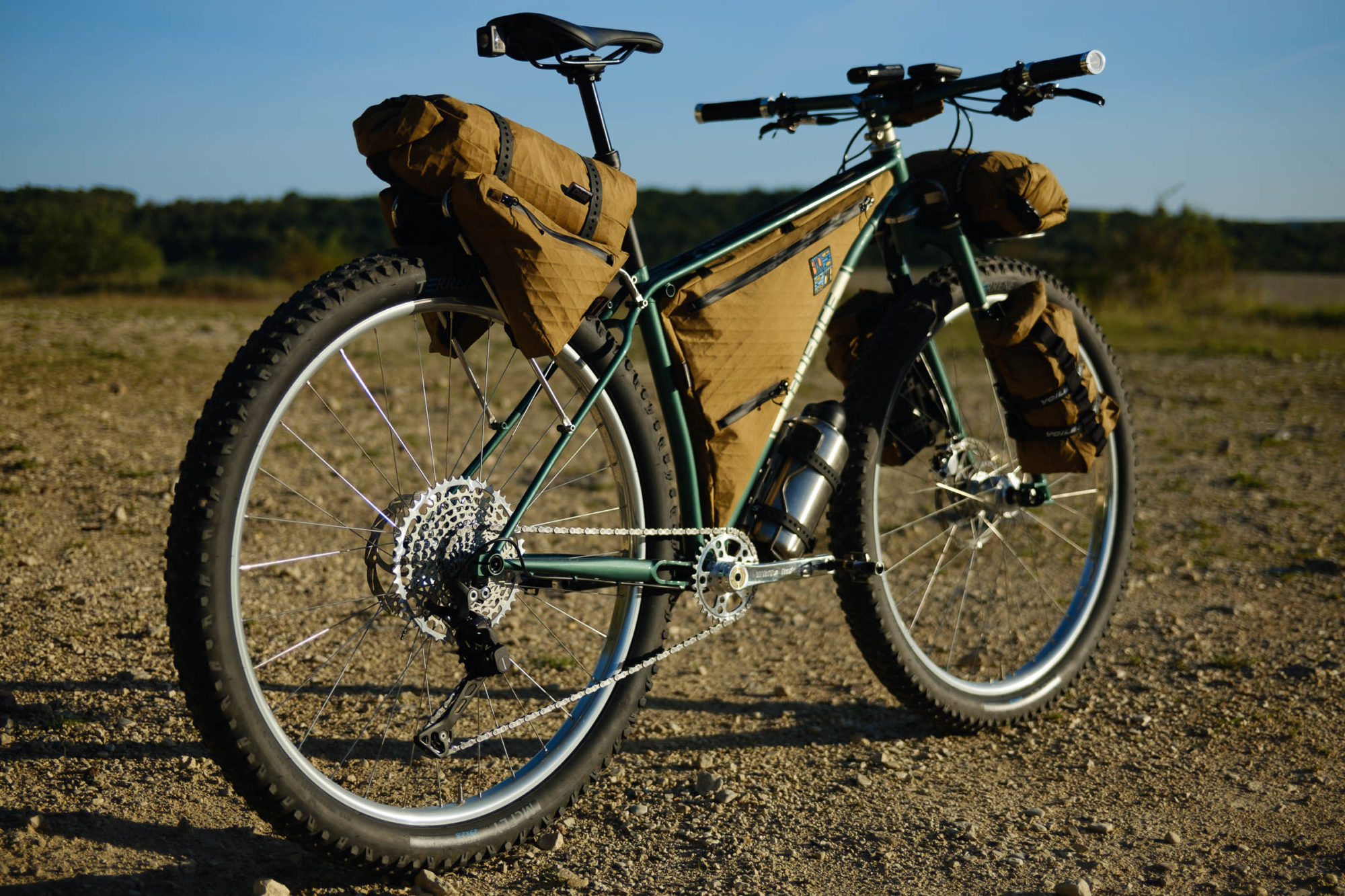
COMPLETE BUILD SPECS
- Frame/Fork Cycles Cadence
- Rims Stan Notubes Baron MK3 29
- Hubs SON SL Boost (front) / White Industries XMR Boost (rear)
- Tires Terrene Mac Fly 29 x 2.8″
- Handlebars Cycles Cadence (740mm)
- Headset White Industries 1 1/8″ x 1 1/2″
- Crankset White Industries M30 (30T)
- Bottom Bracket White Industries BSA 73mm
- Cassette Garbaruk 12 speed (10-51T)
- Derailleur Shimano XT M8100 12-Speed
- Brakes Formula Cura 180 / 160mm
- Shifter(s) Shimano XT M8100 12-Speed
- Saddle Bontrager Verse Elite
- Seatpost Crank Brothers Highline XC 27.2mm
- Stem Cycles Cadence (70mm)
- Racks Cycles Cadence
- Bags Marion et Quentin
- Other accessories King Cages, Blackburn cage
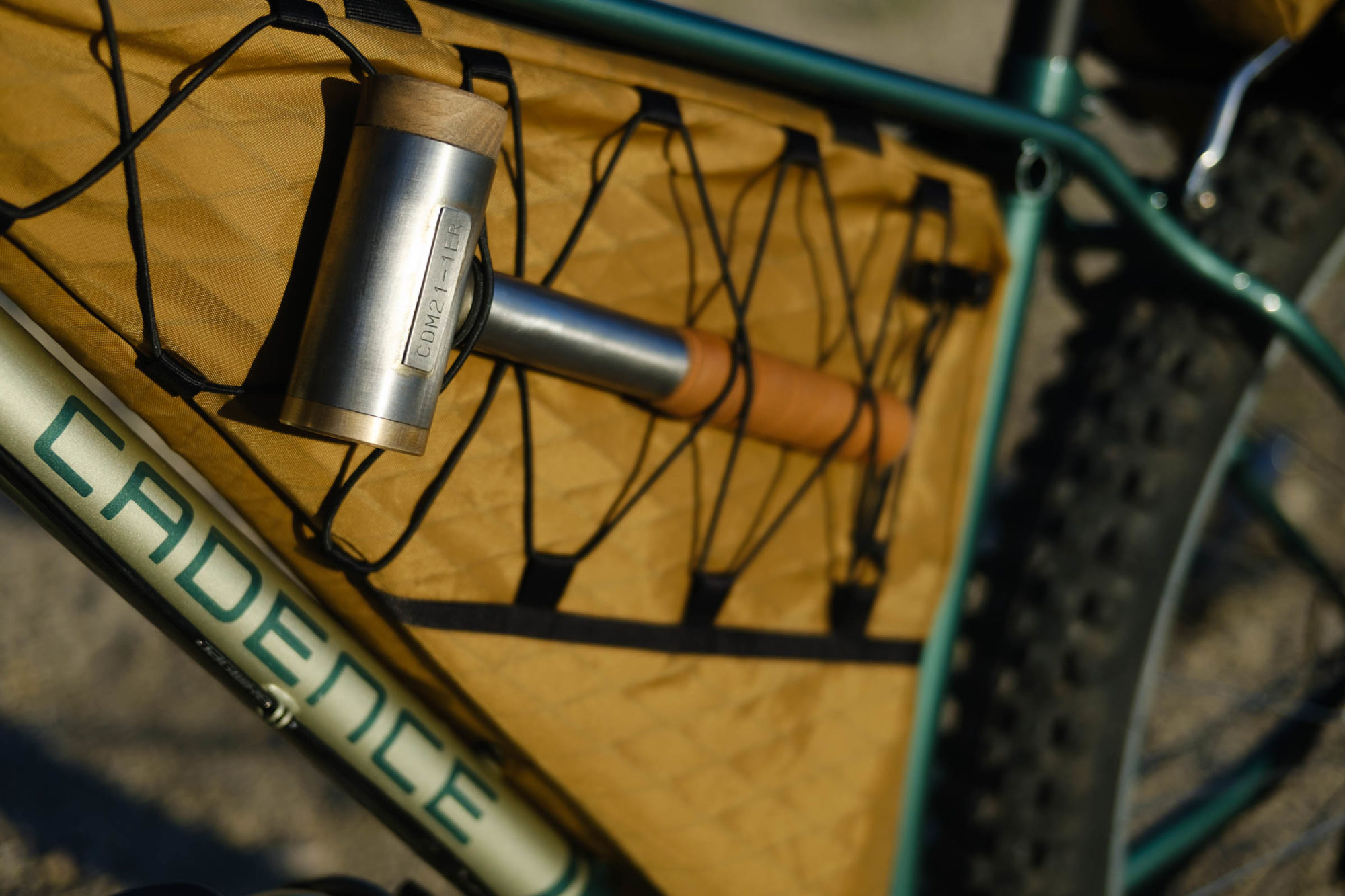
Find out more about Cycles Cadence by visiting their website or following them on Instagram.
Related Content
For more on the Concours des Machines 2021, check out these posts...
Please keep the conversation civil, constructive, and inclusive, or your comment will be removed.







